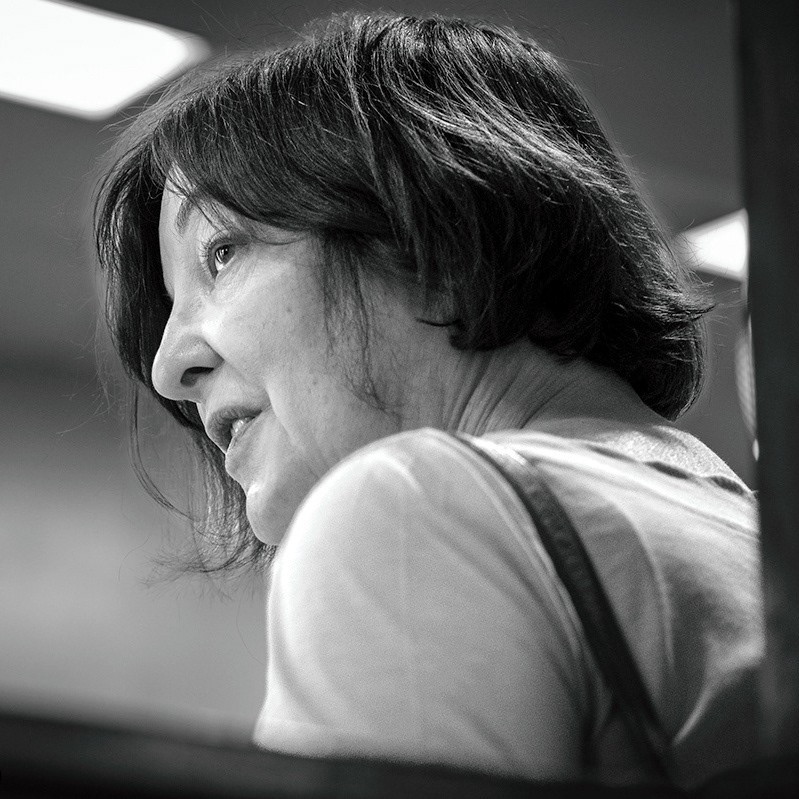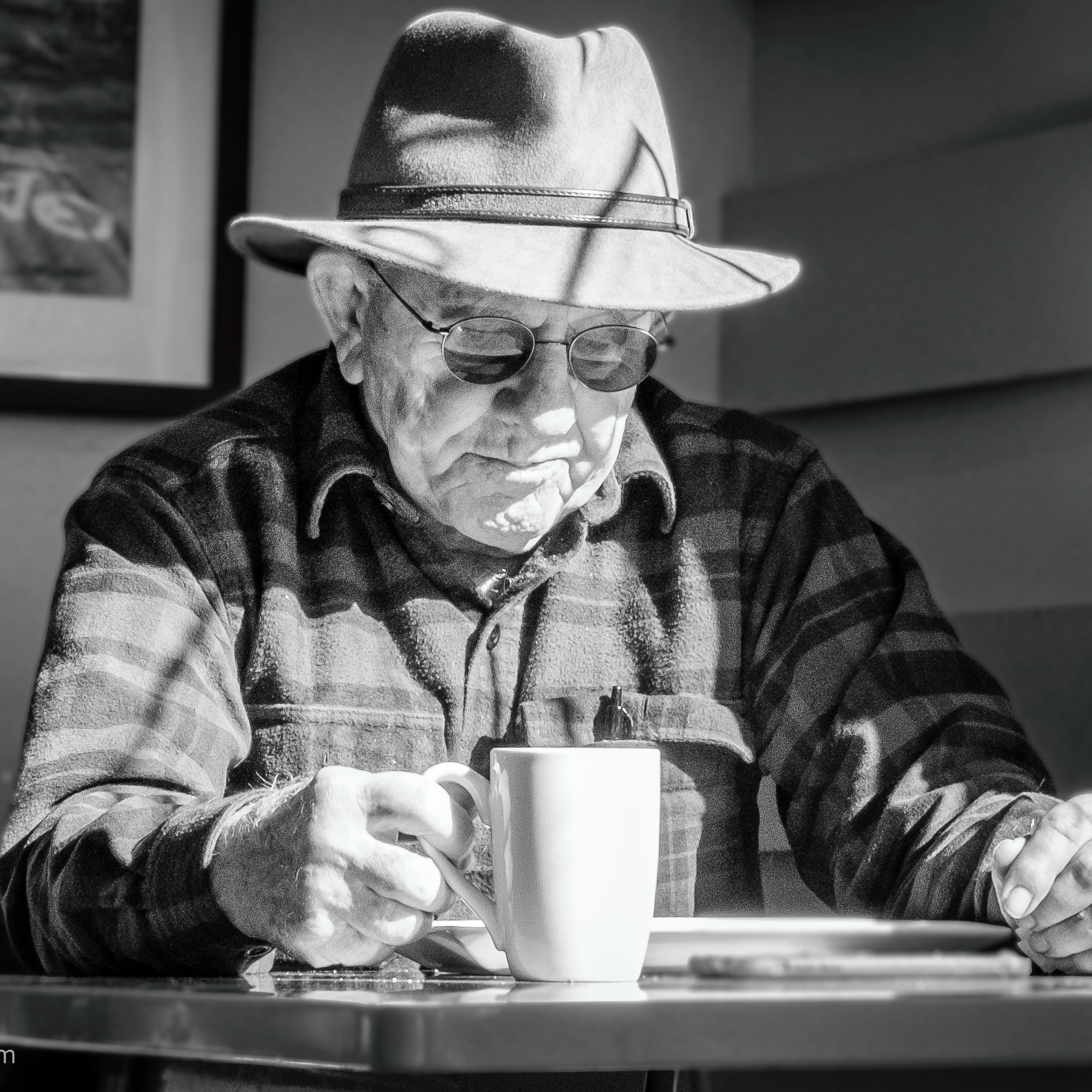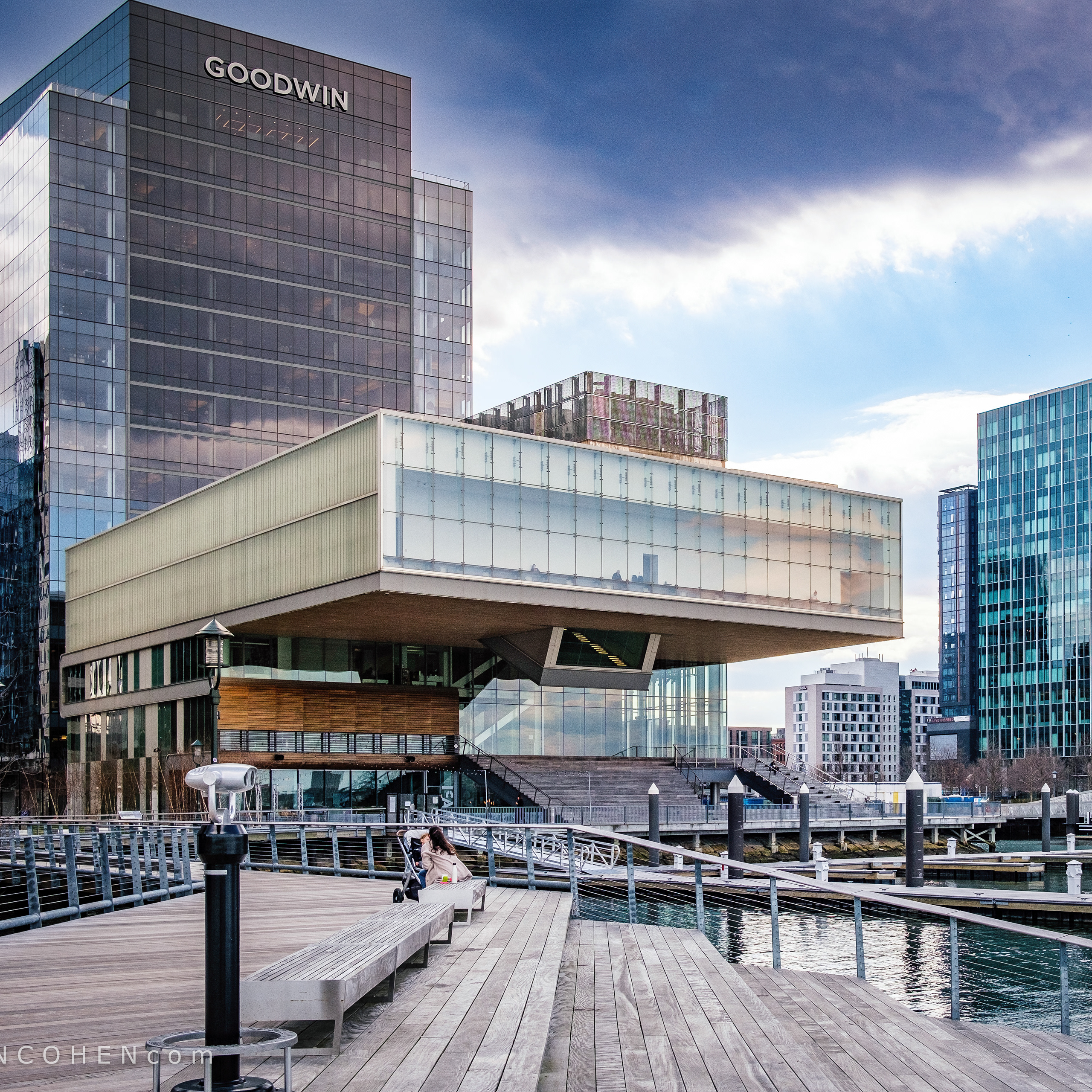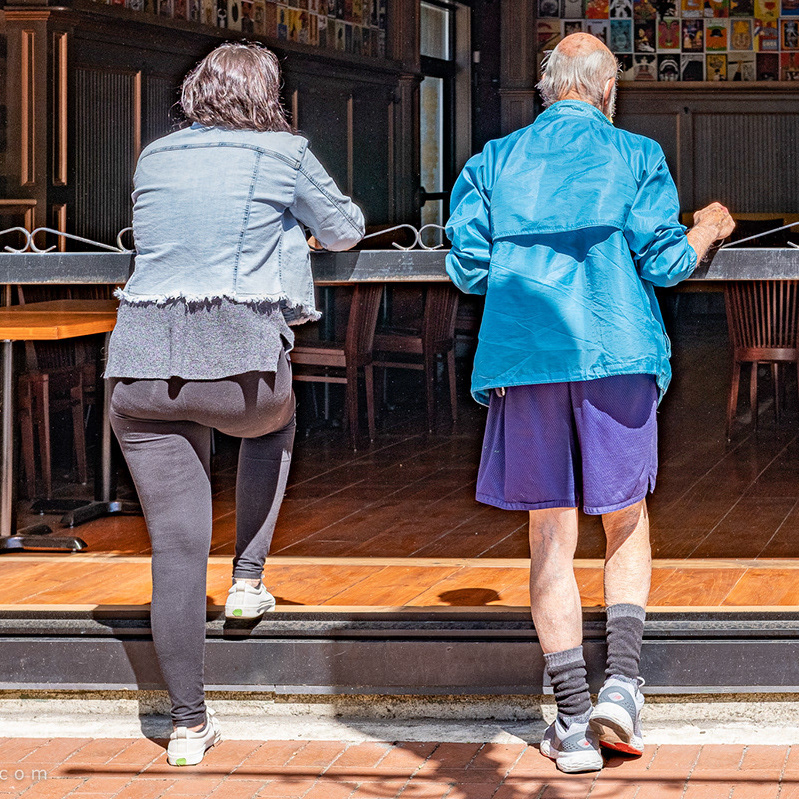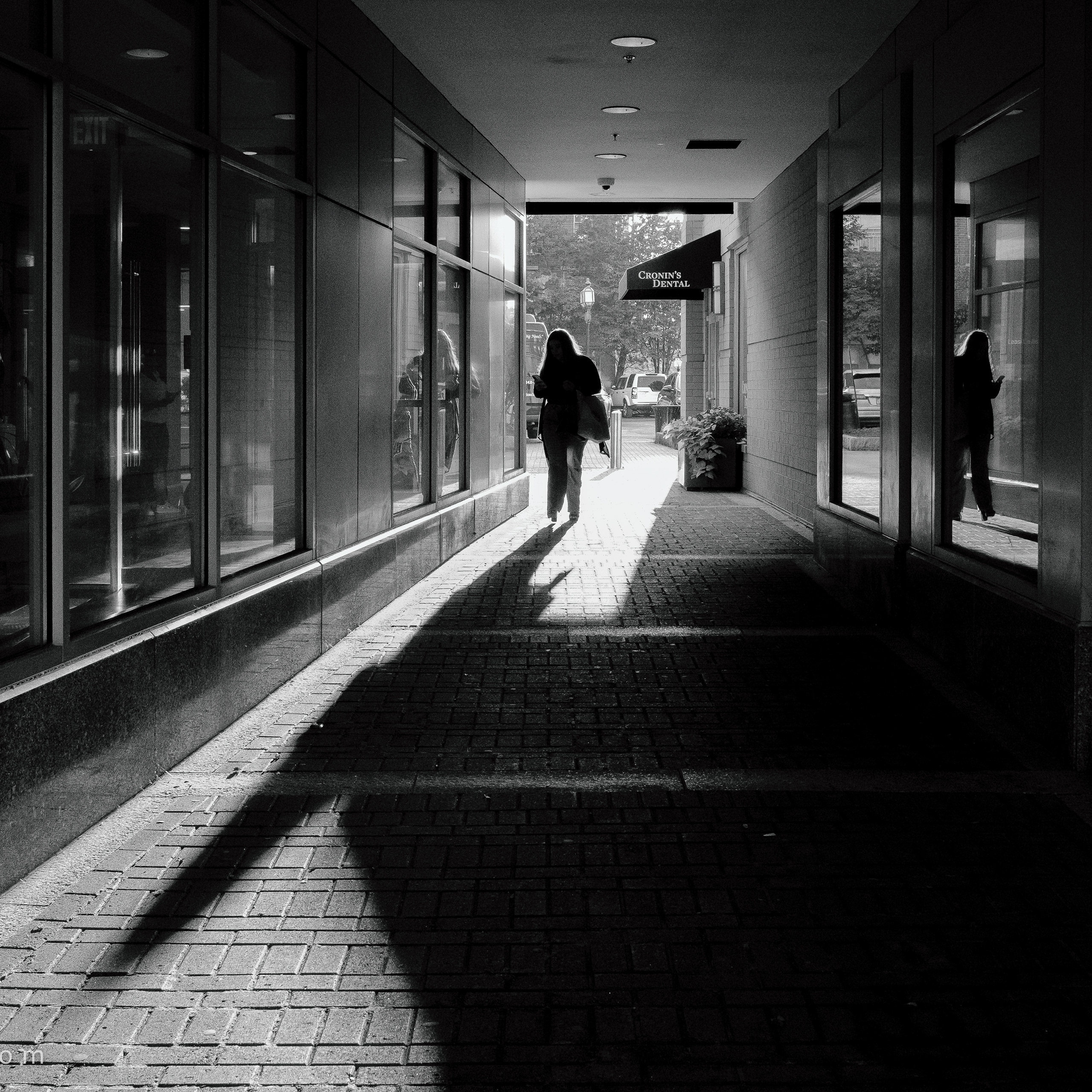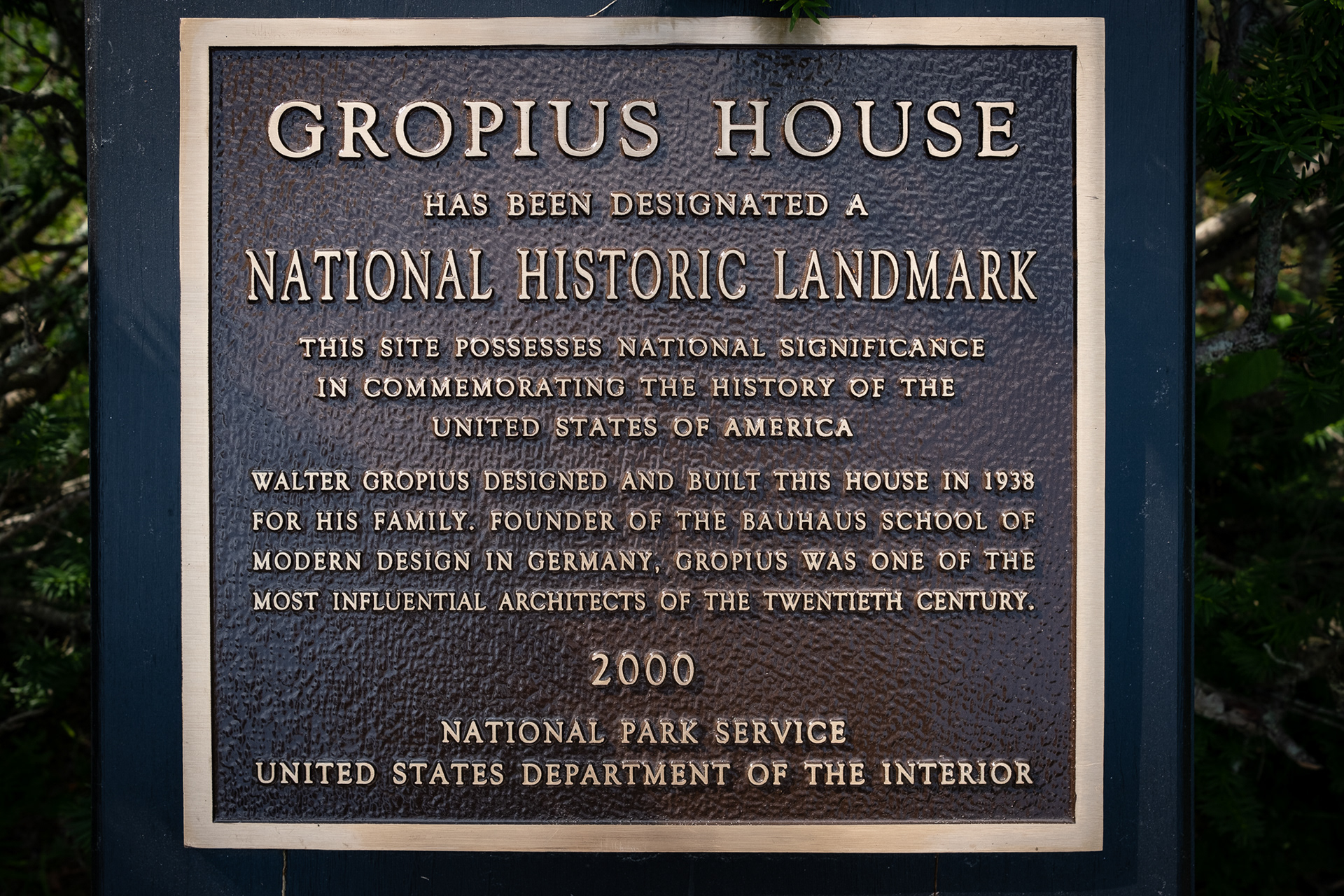
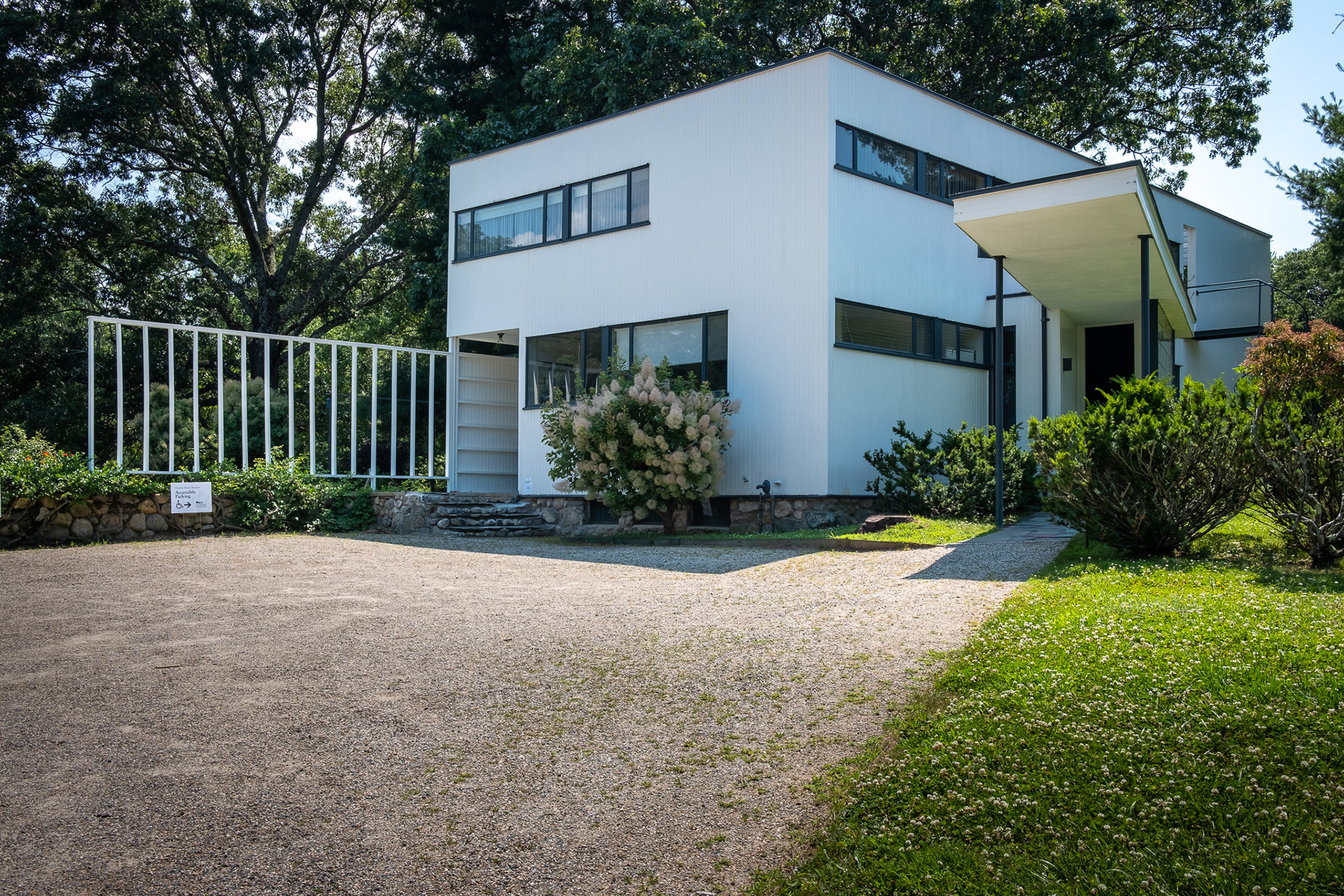


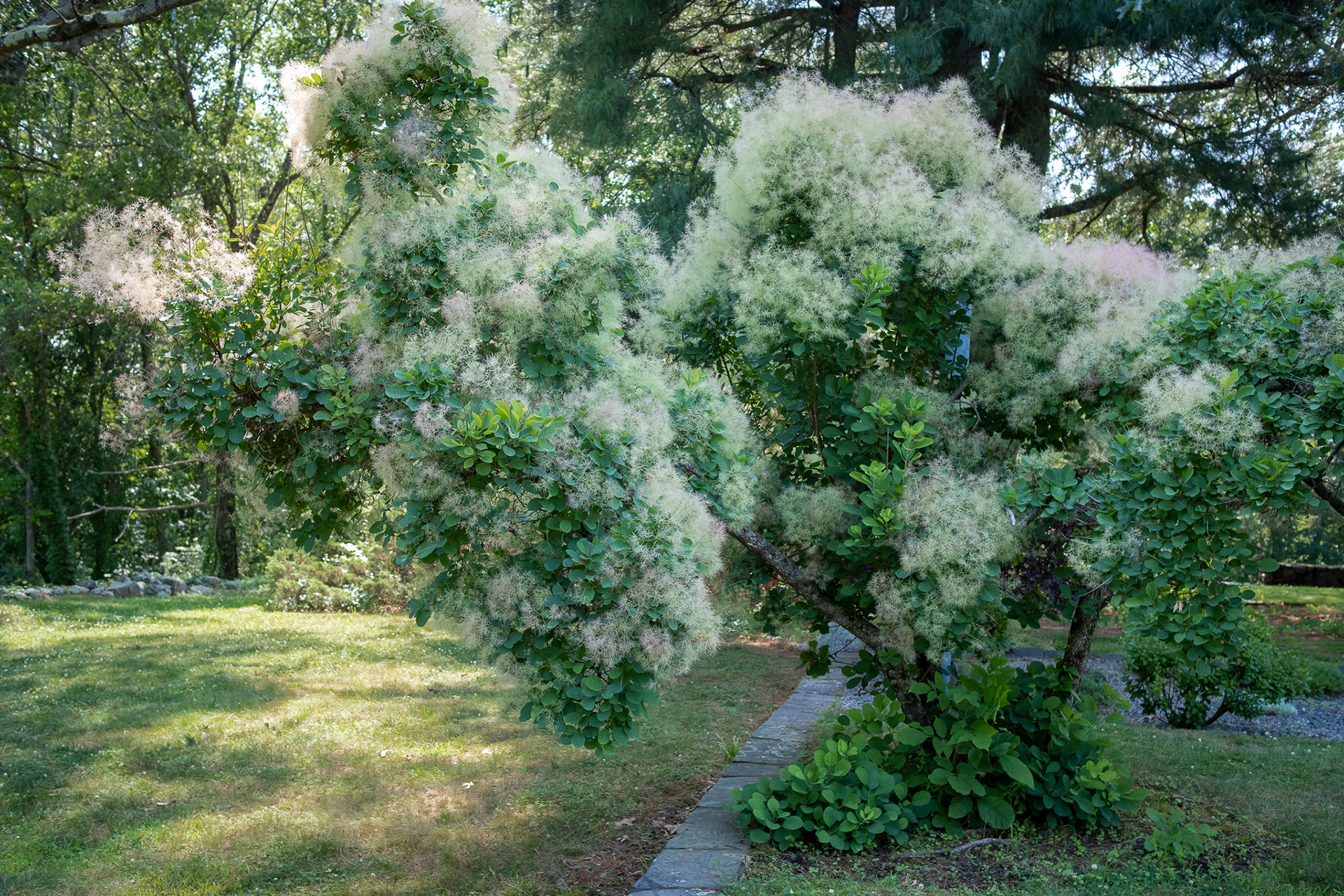
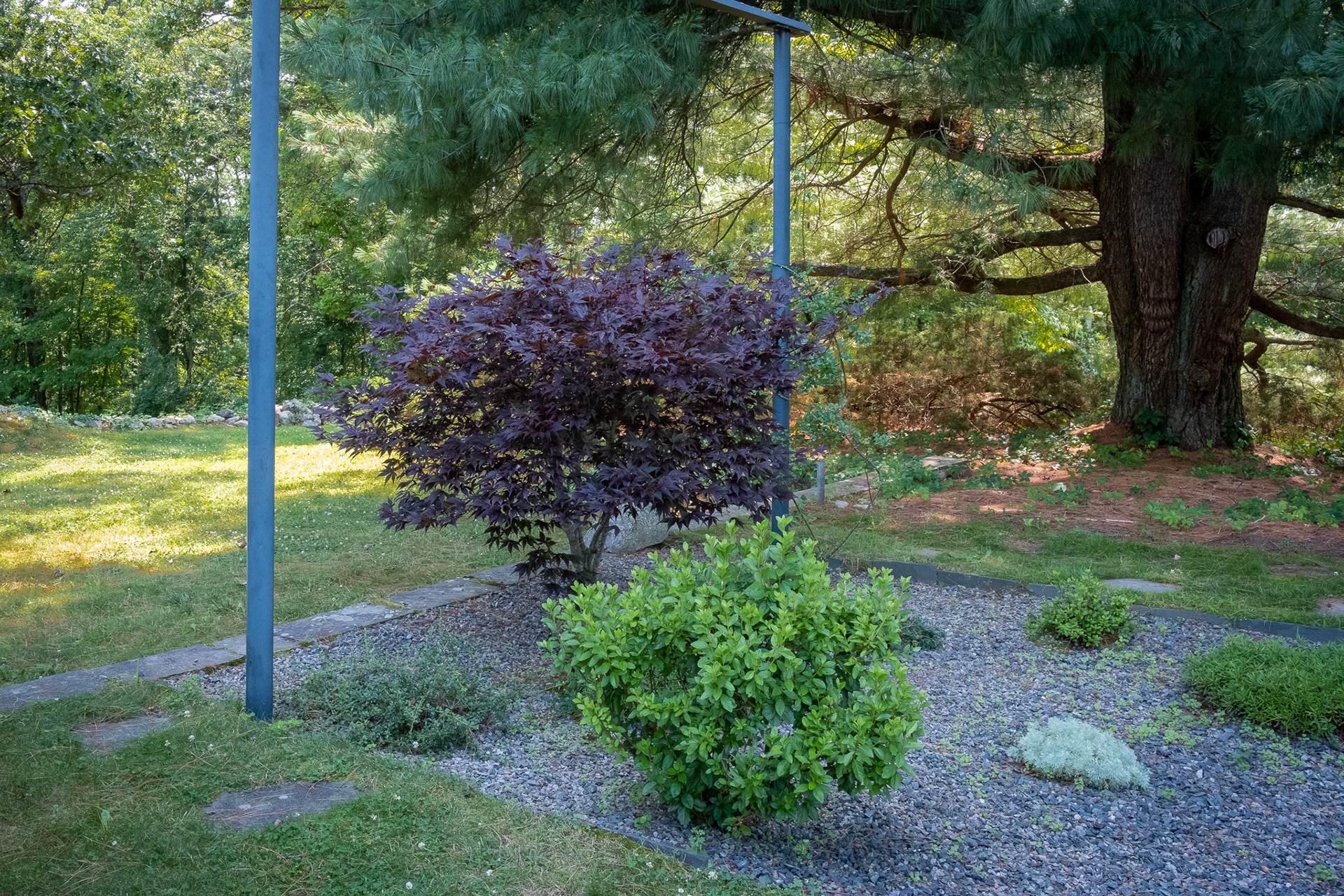

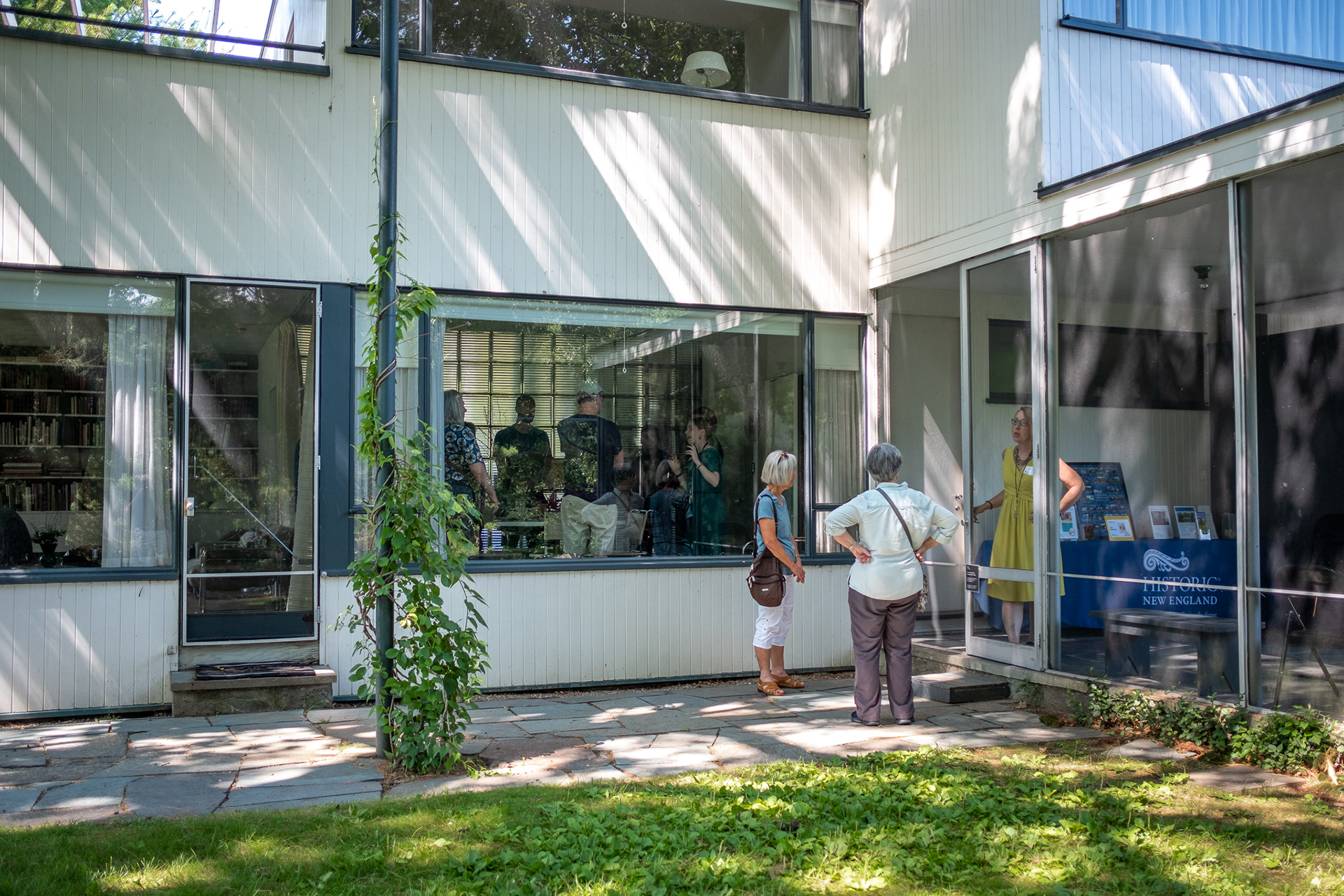
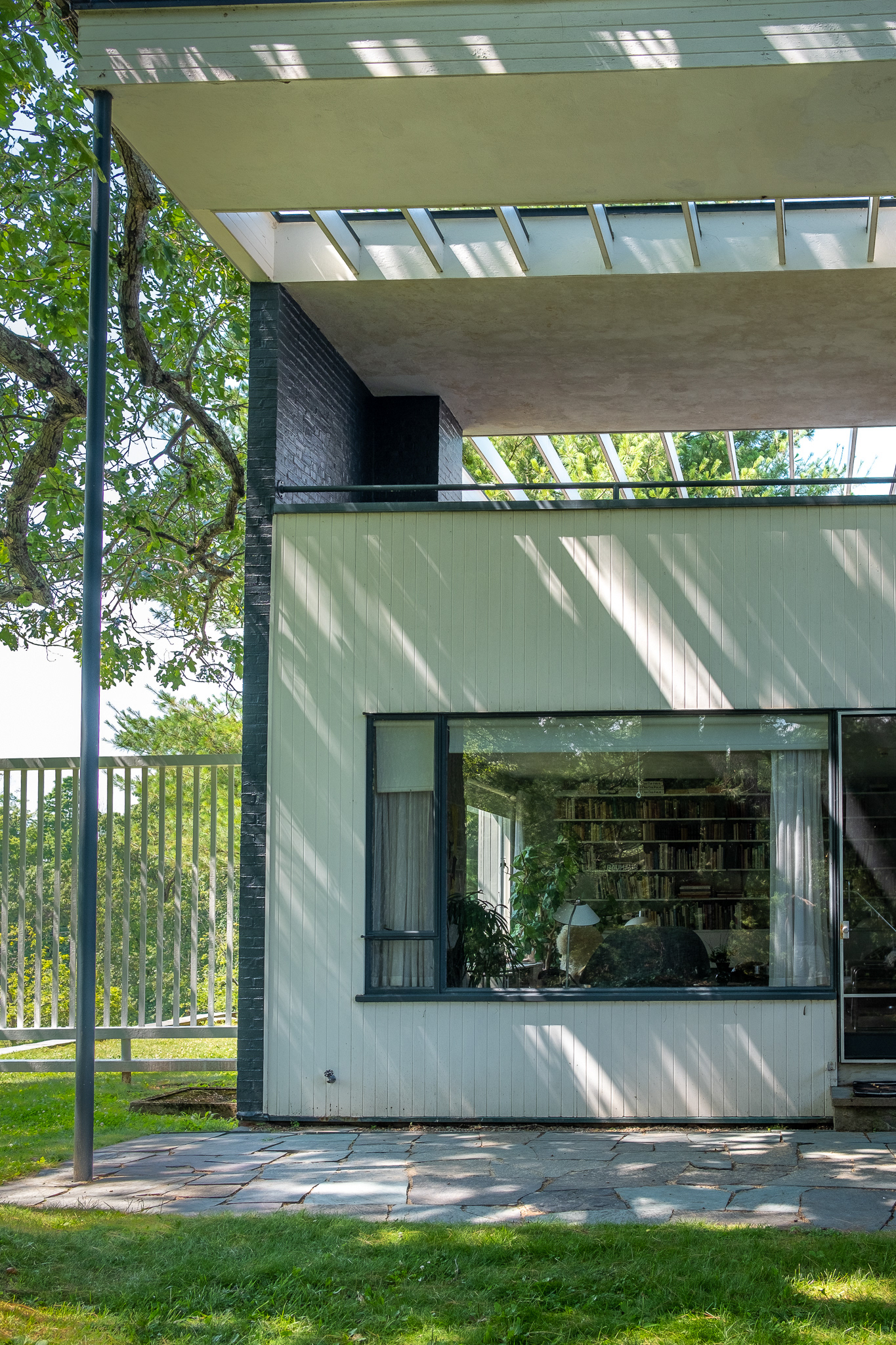

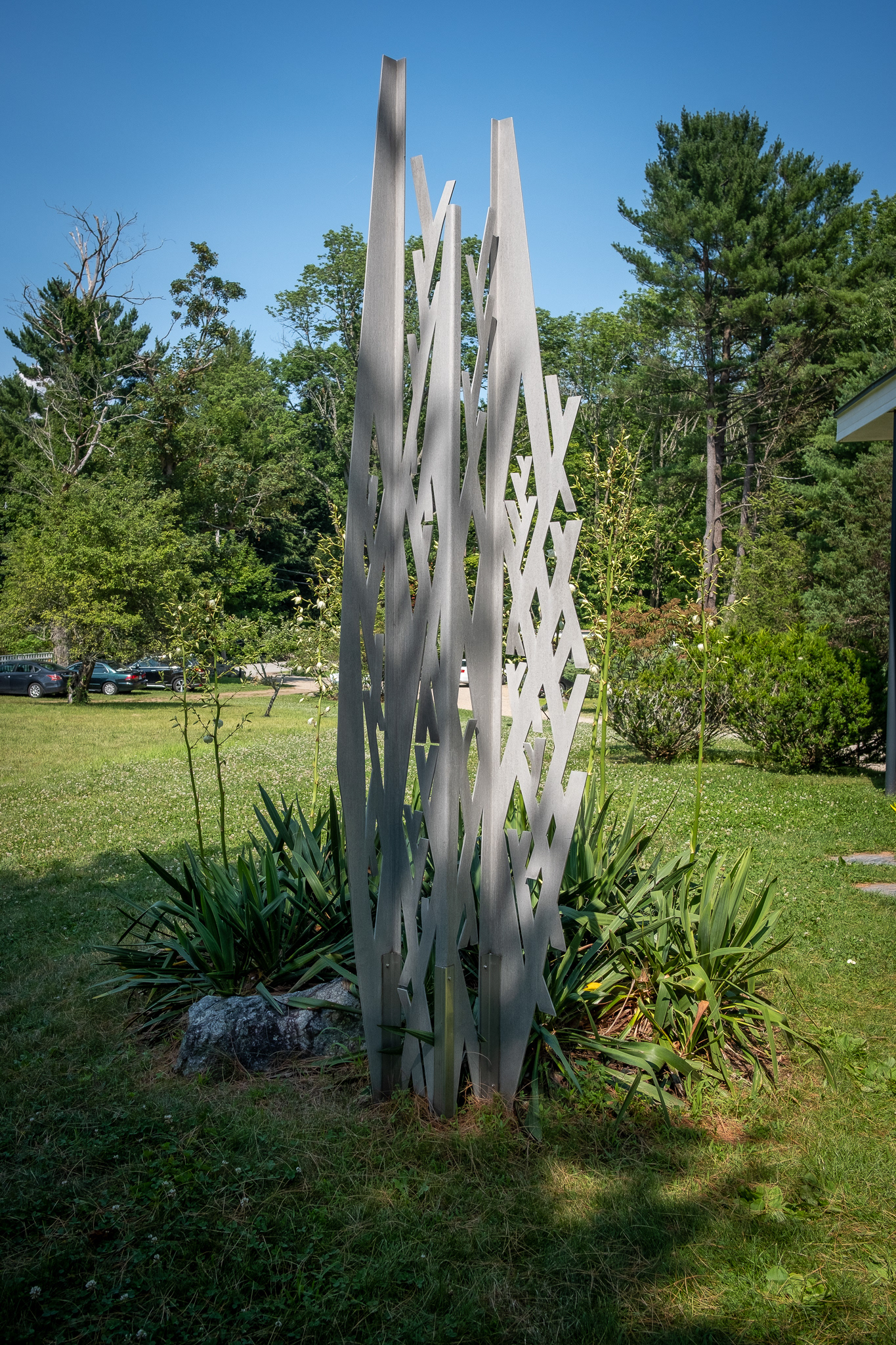
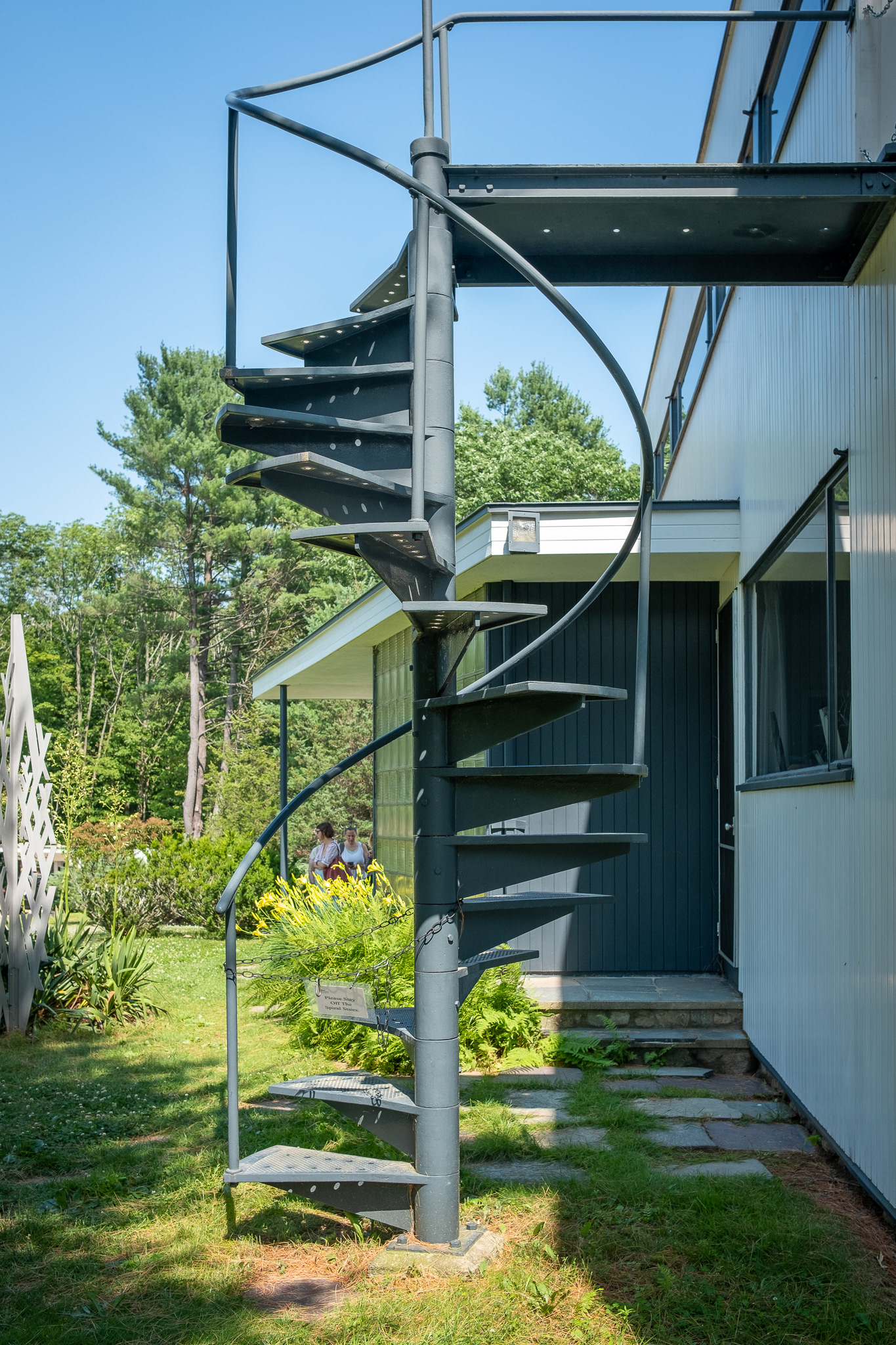

Outdoors ⬆︎
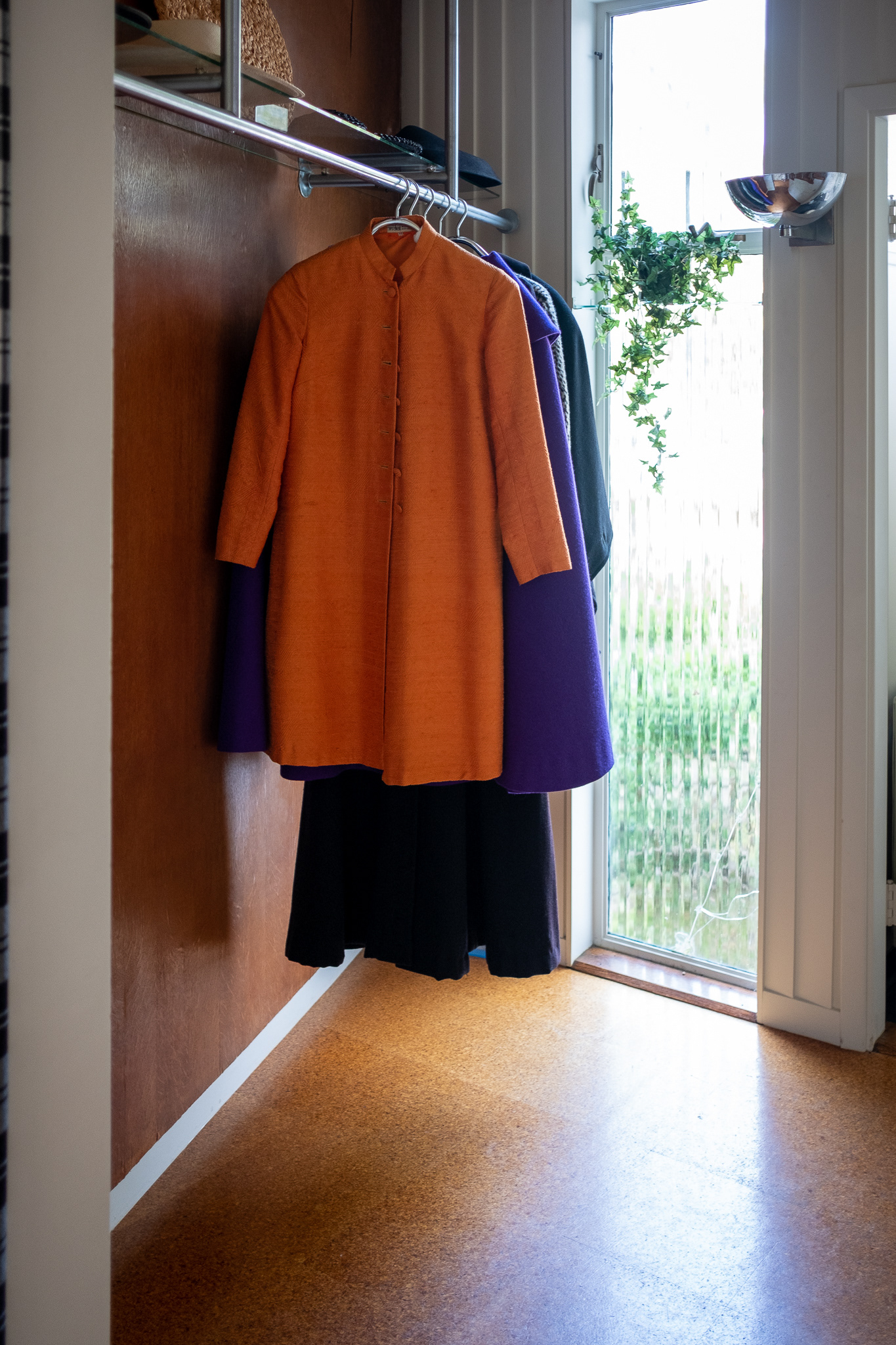
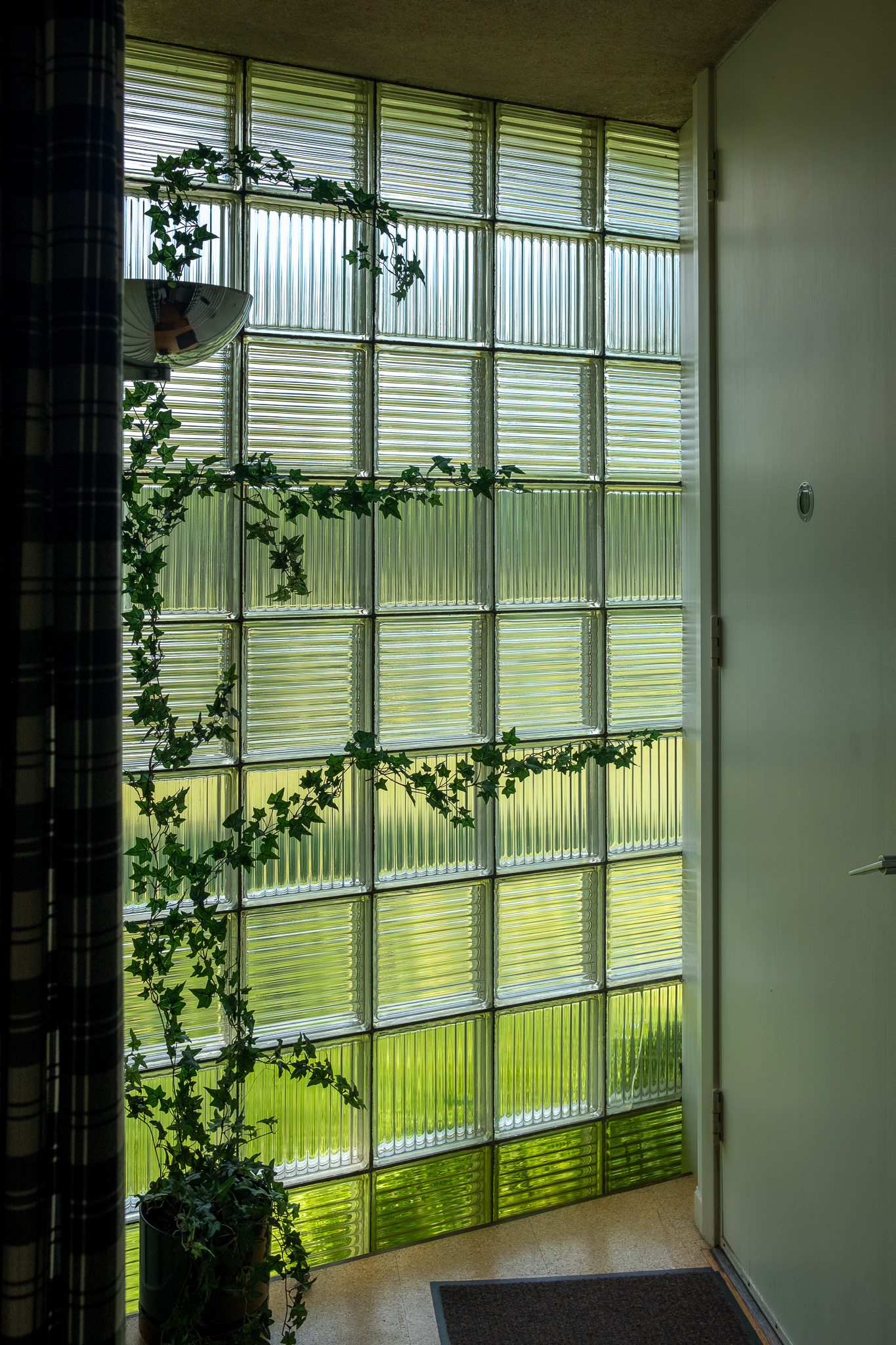
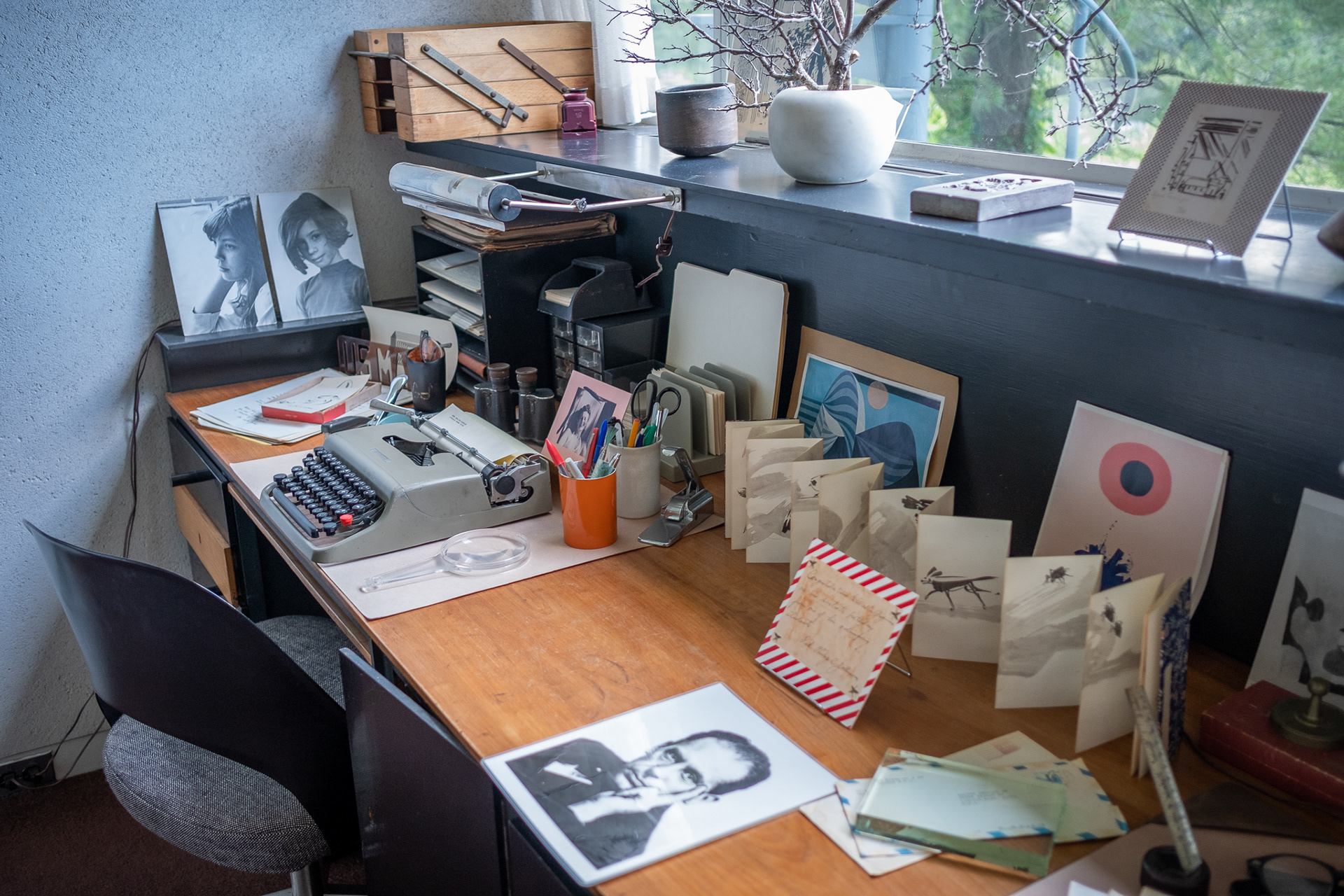
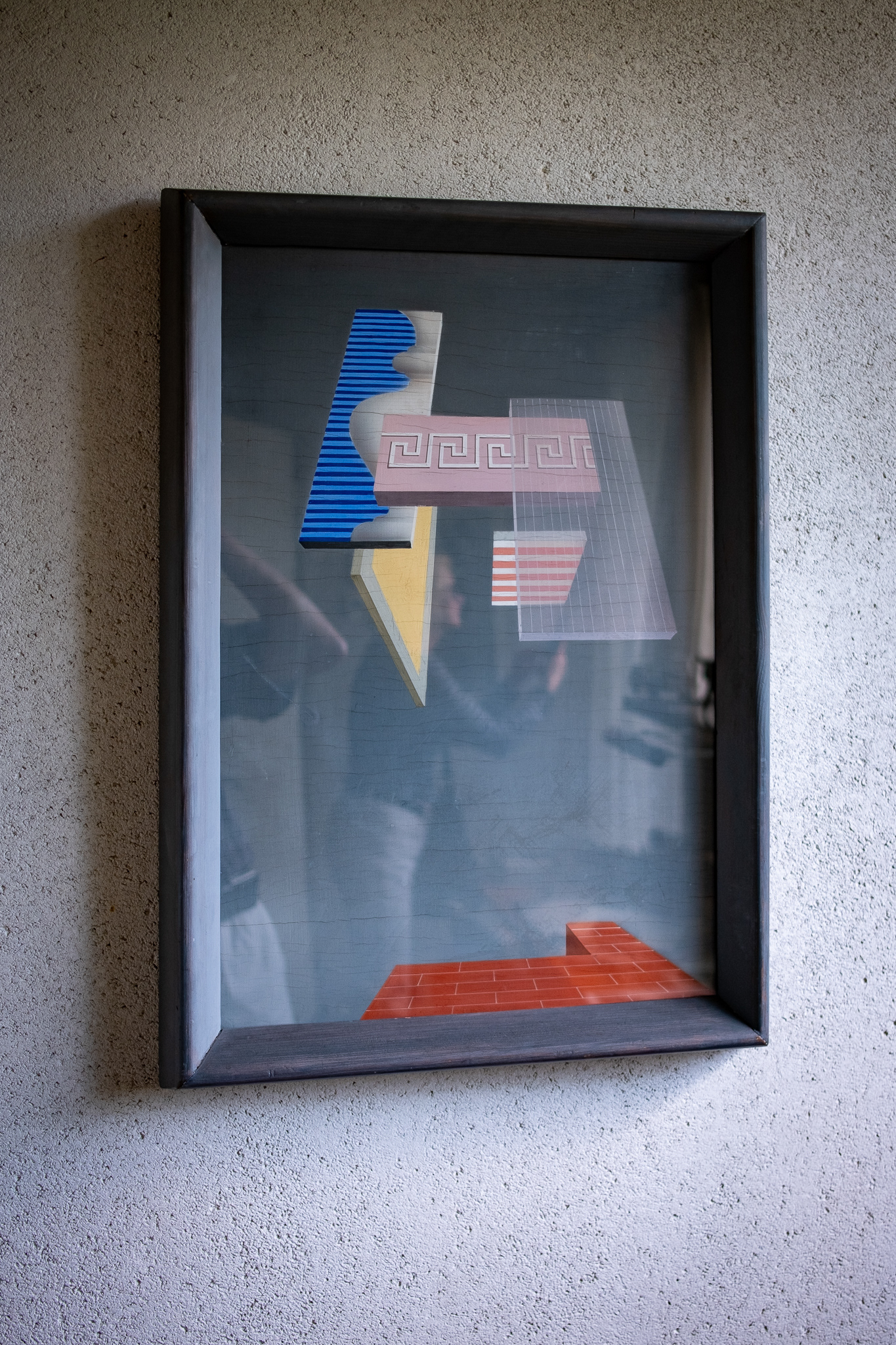
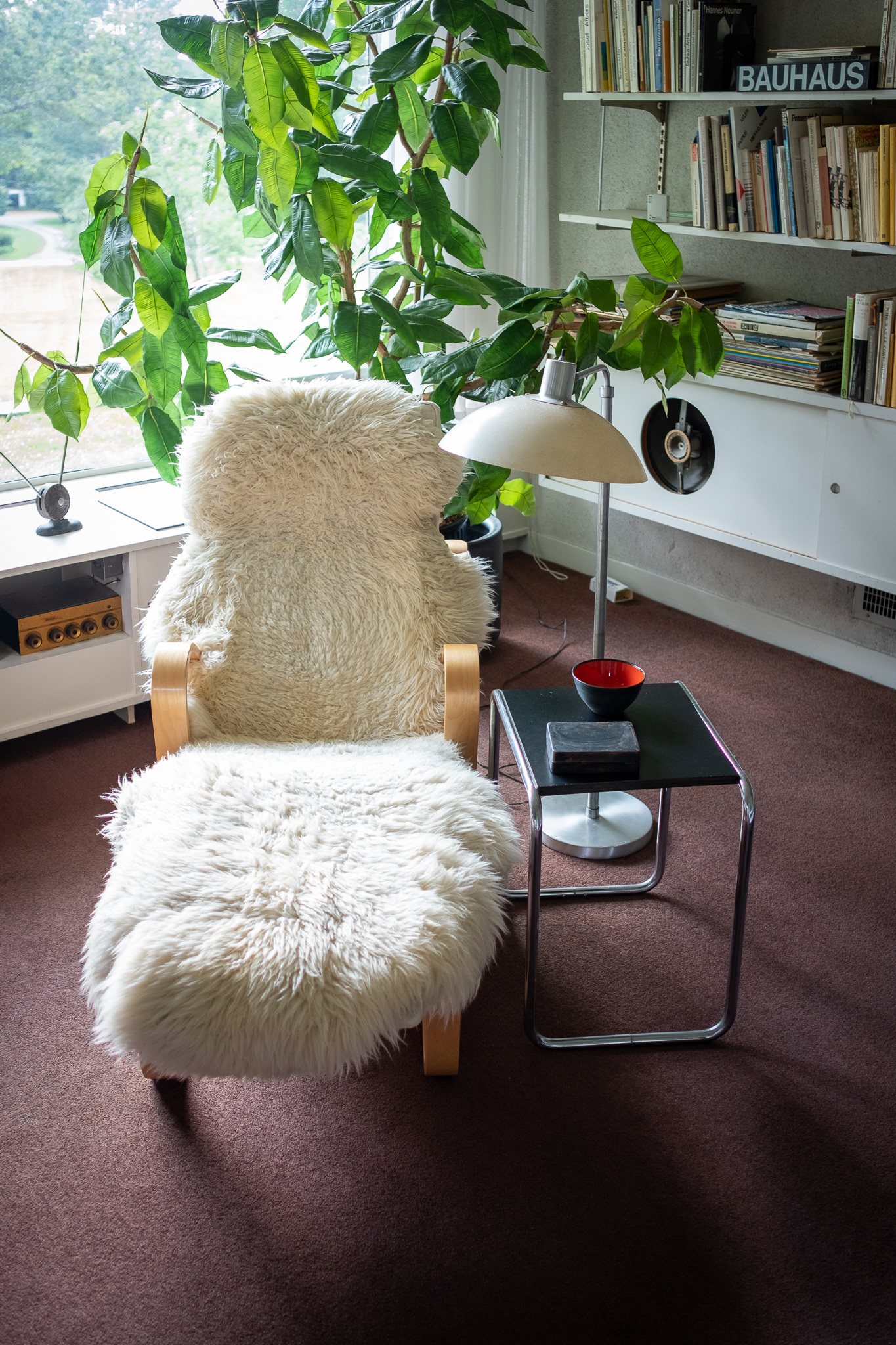
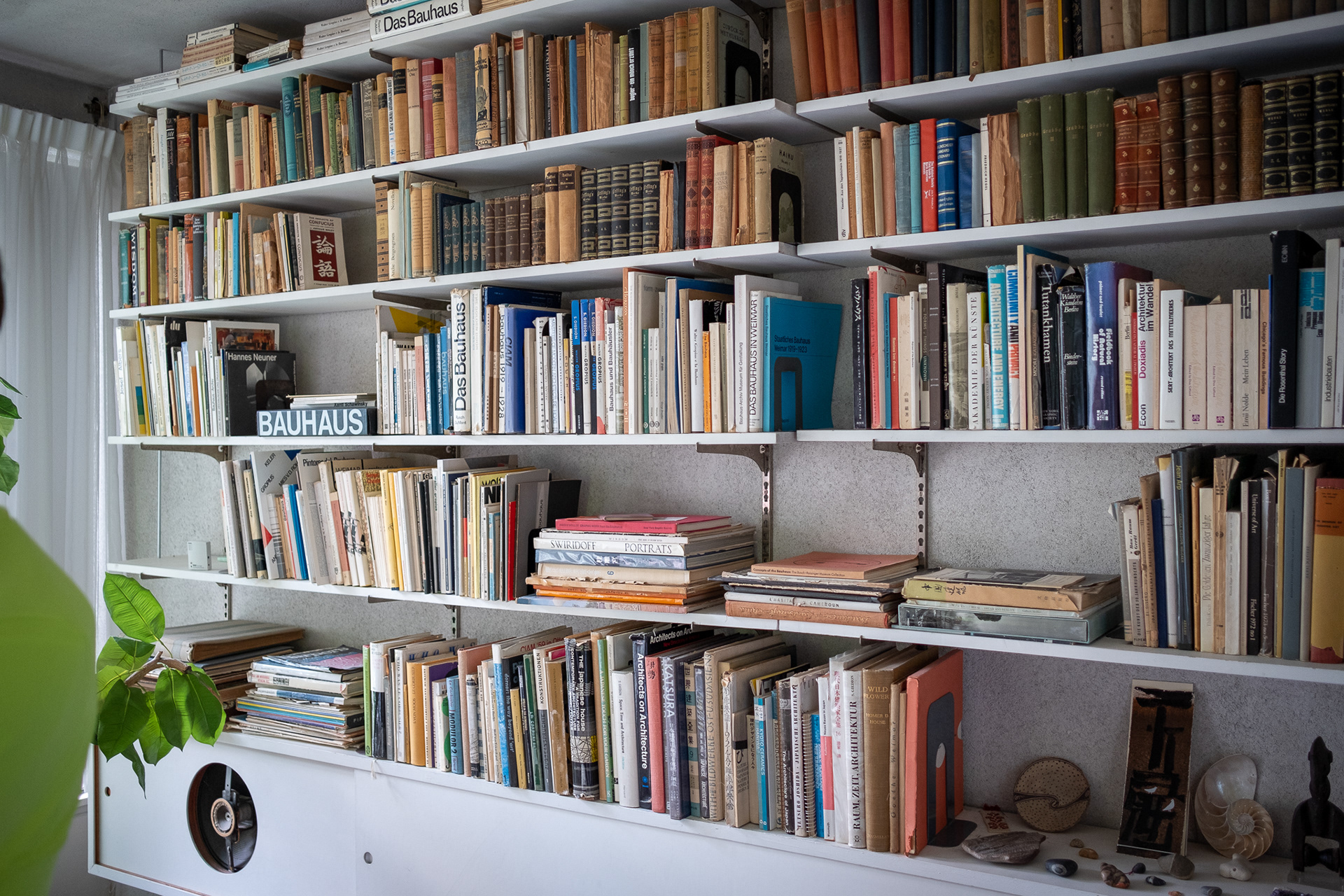
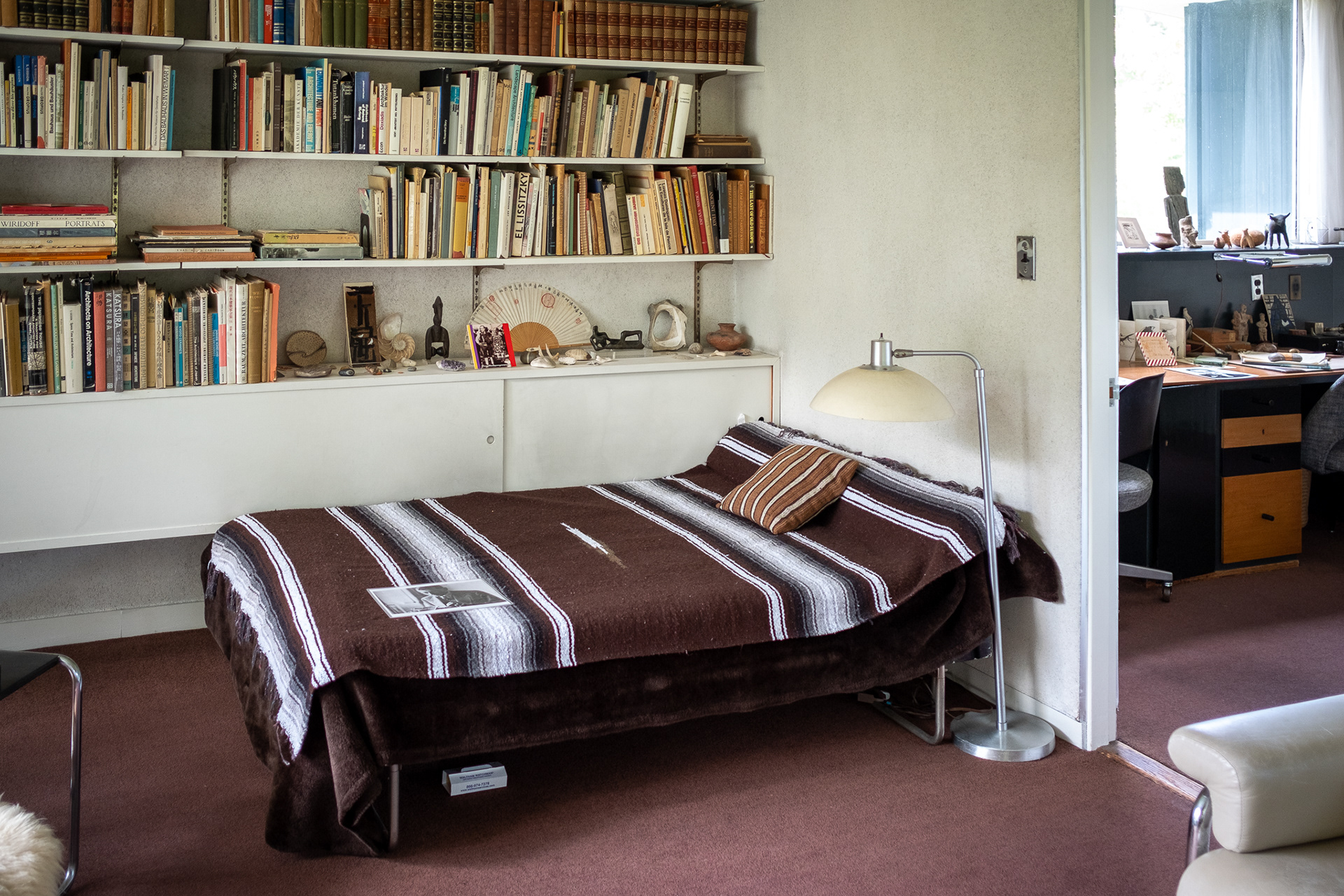
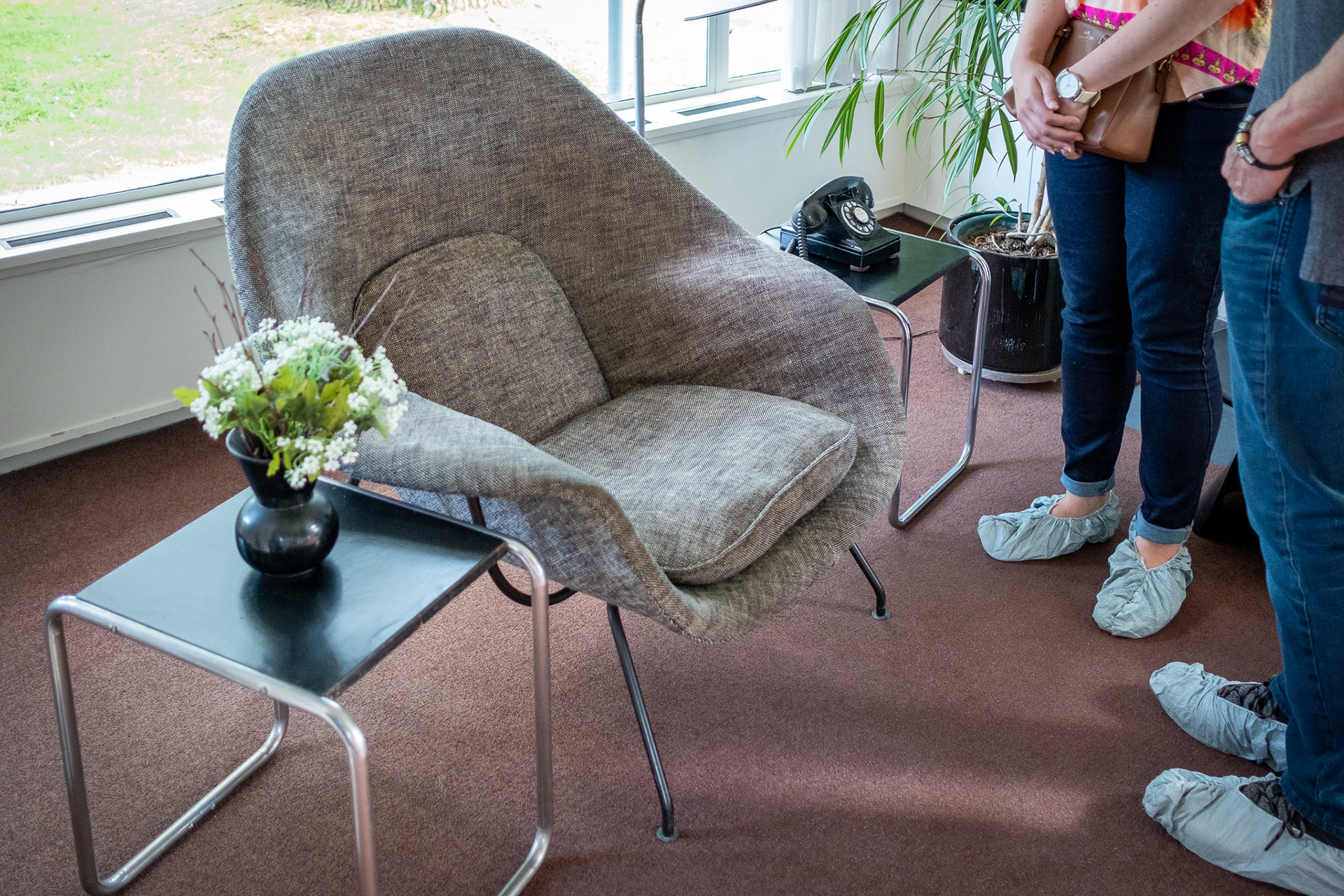
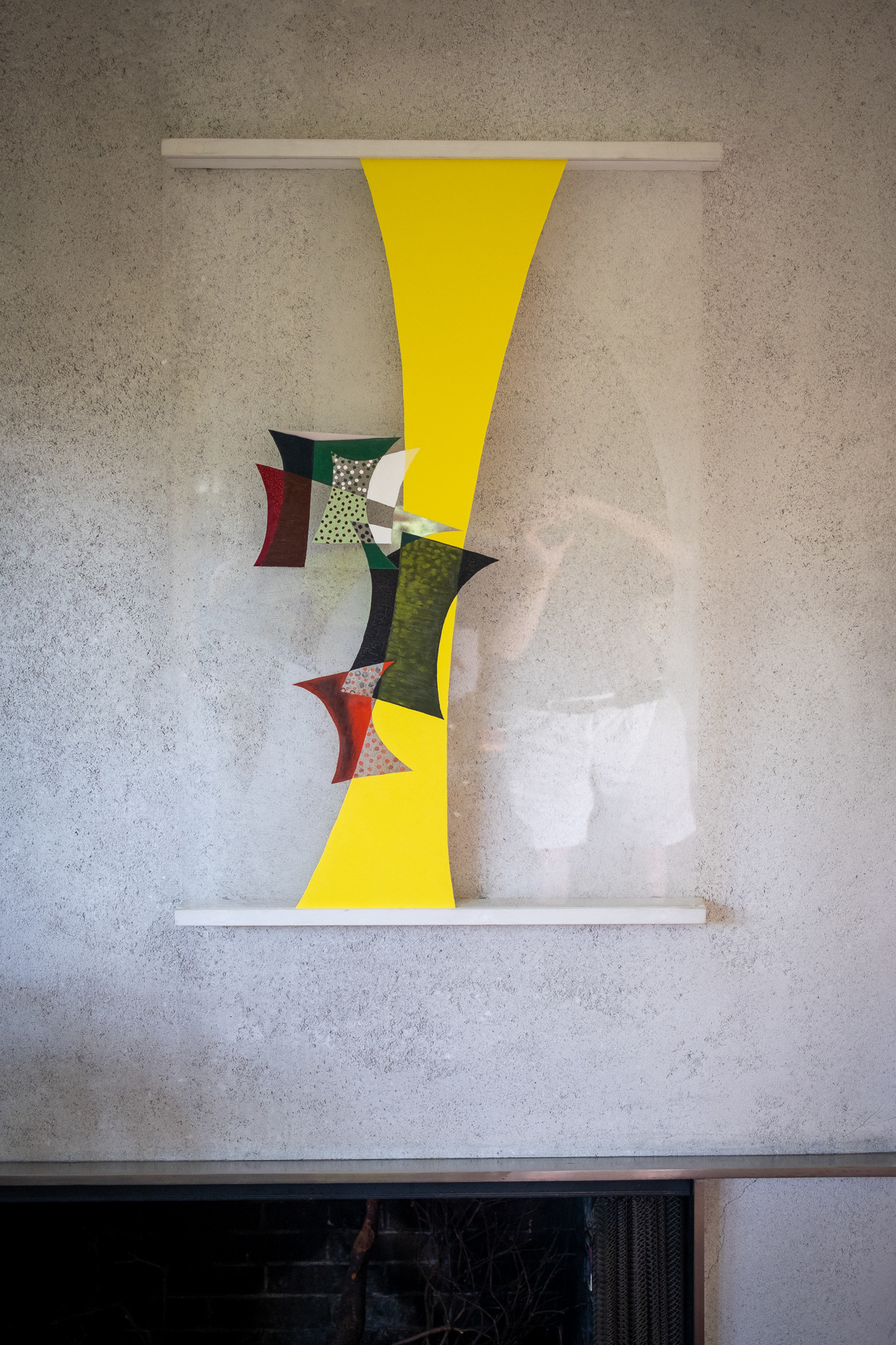
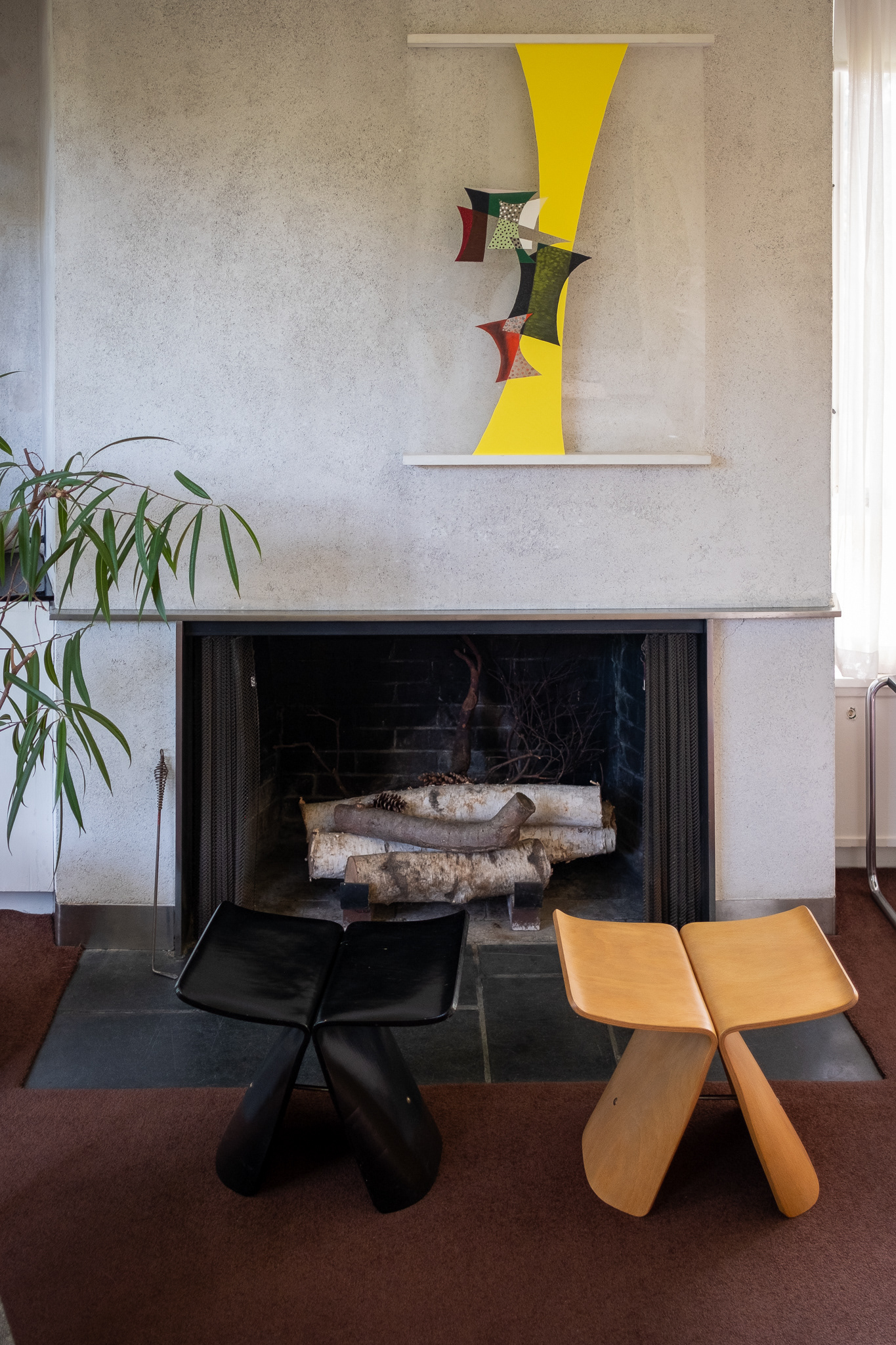


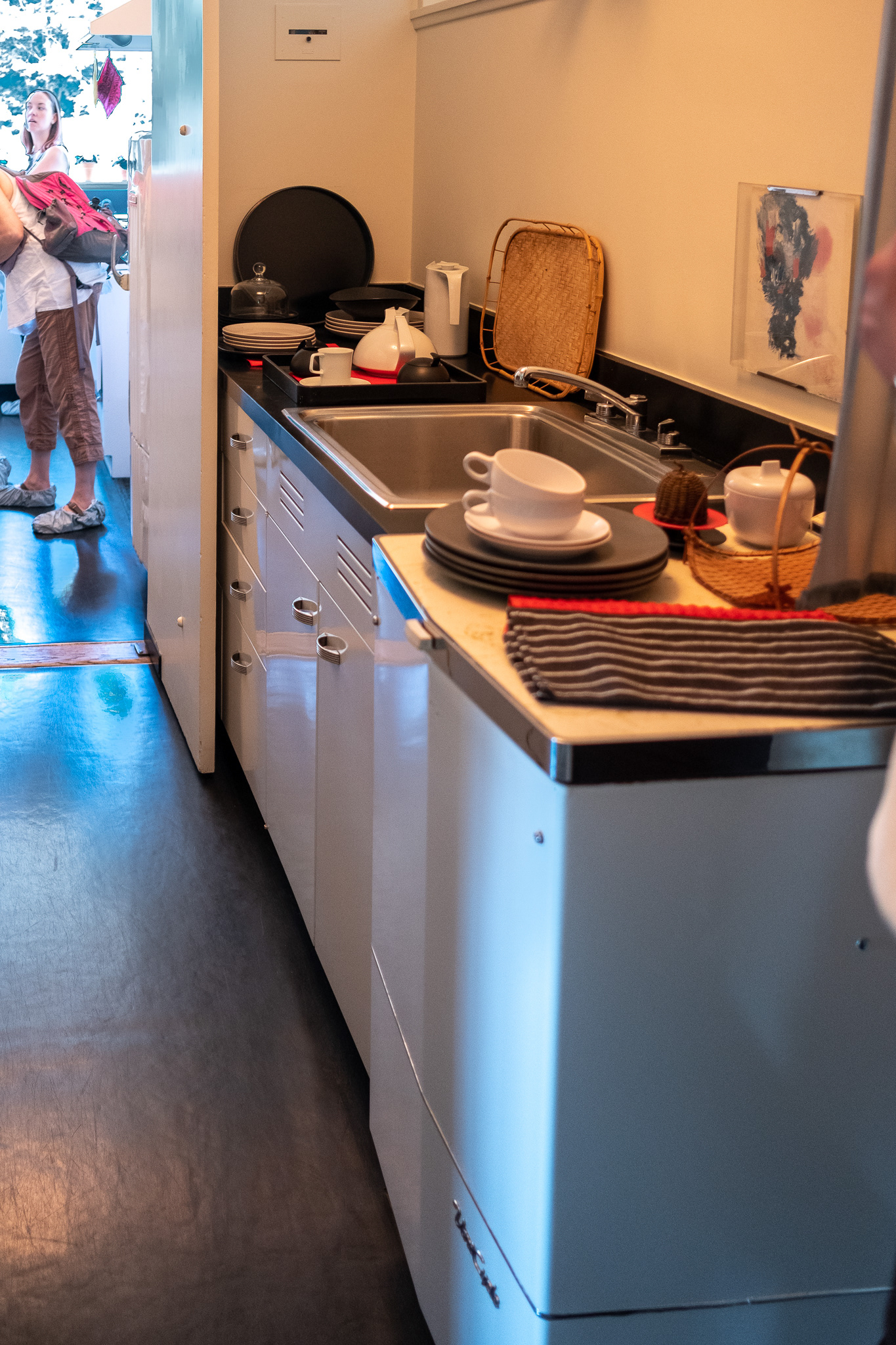


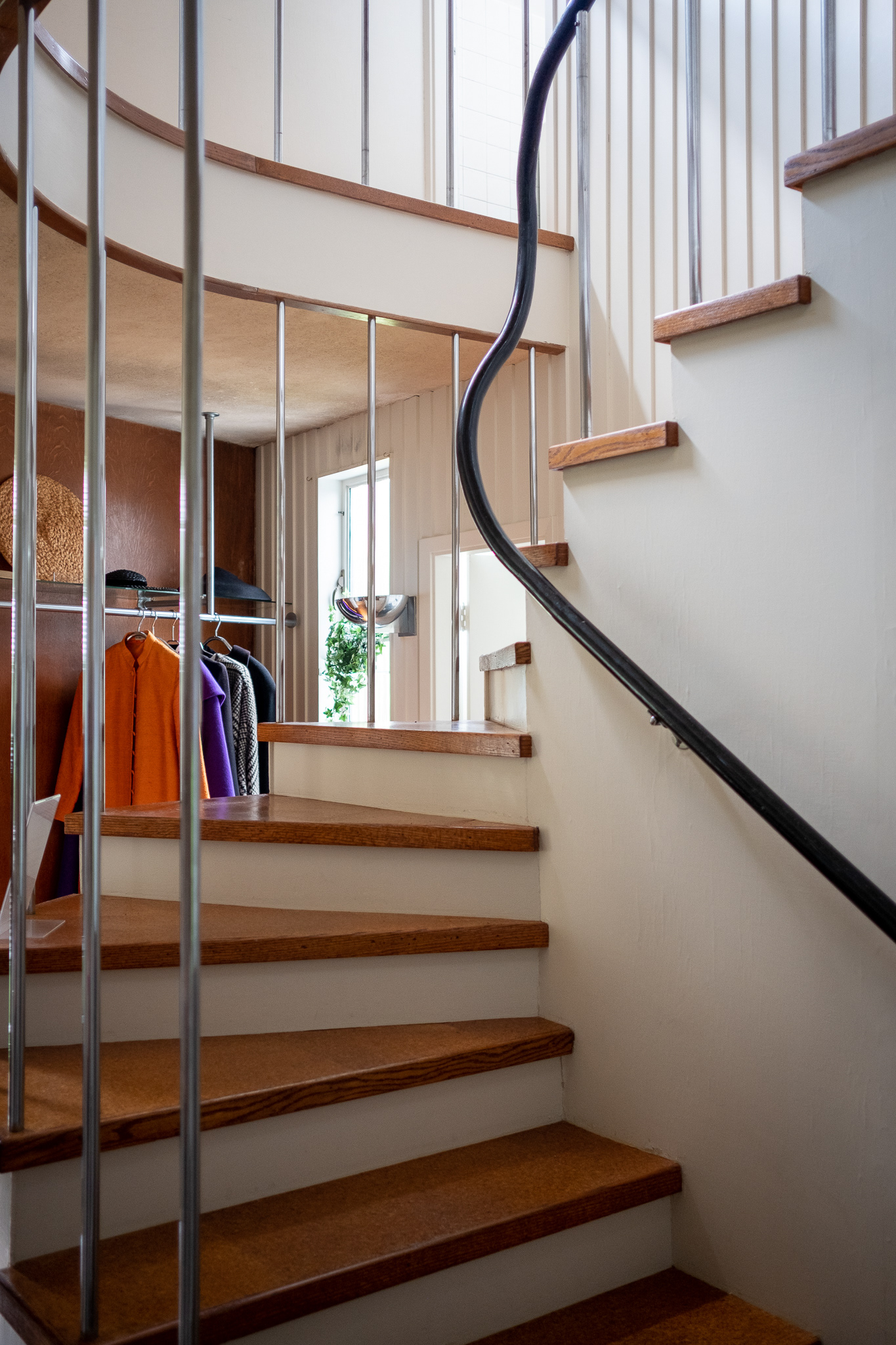
Downstairs ⬆︎



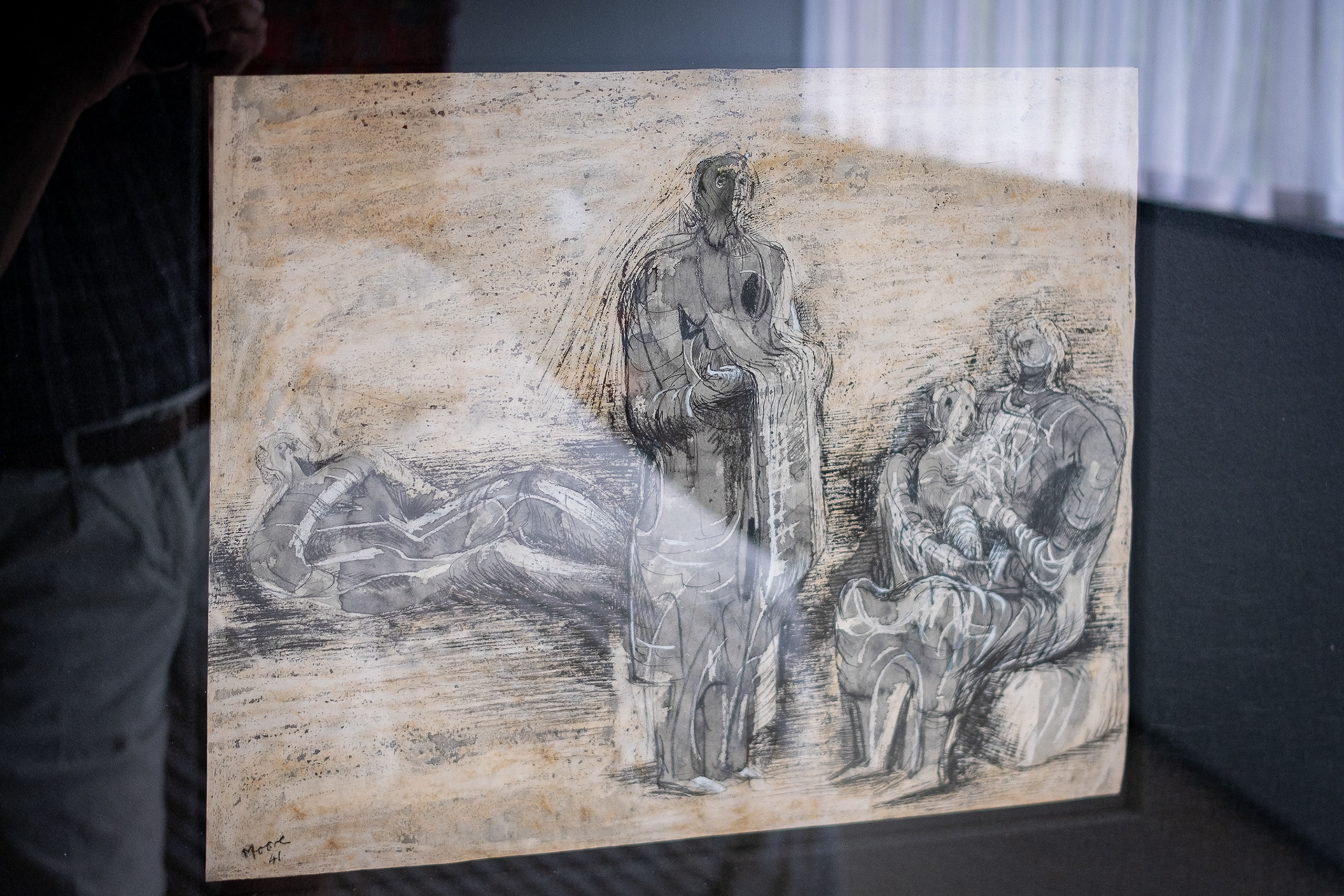

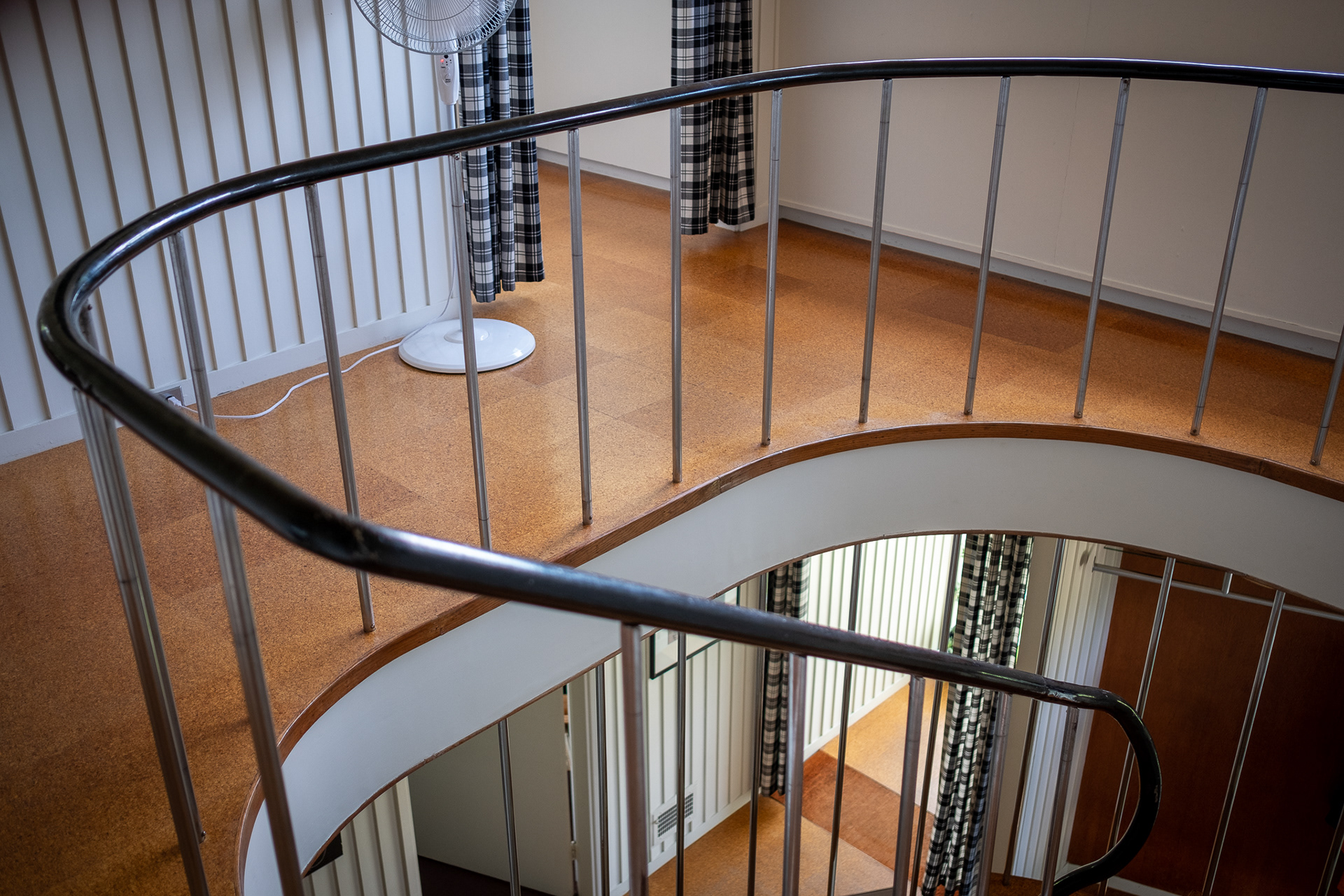


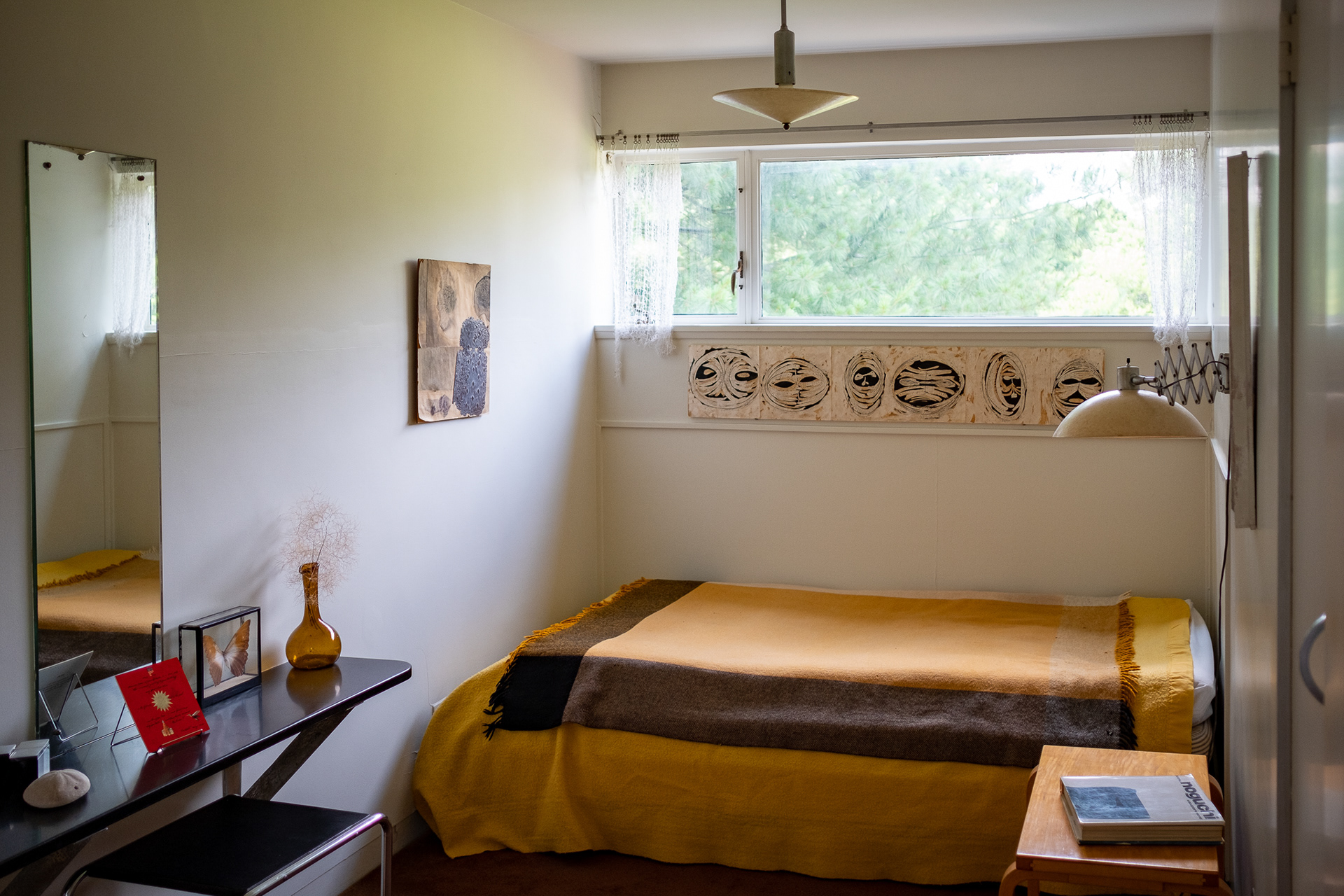
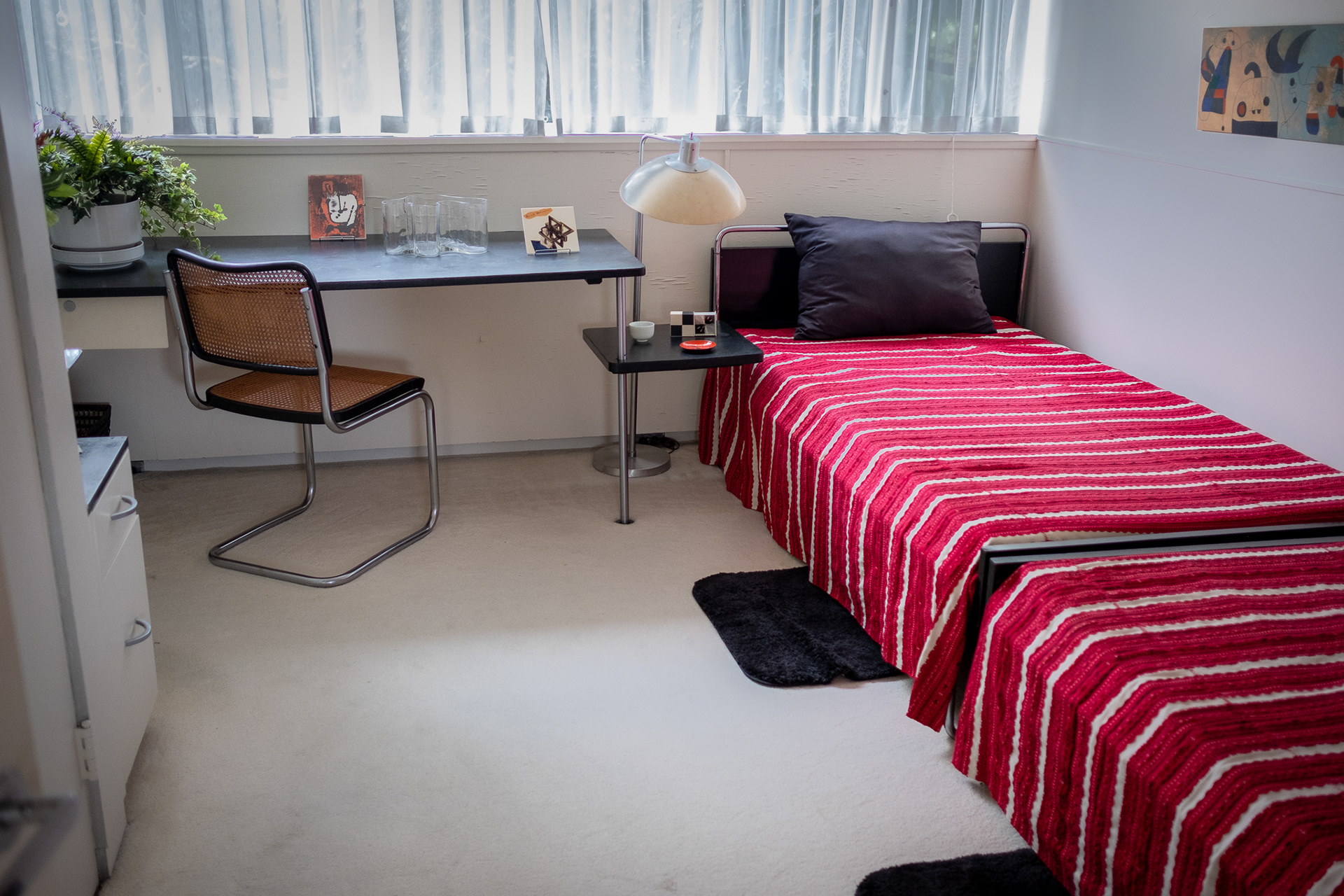
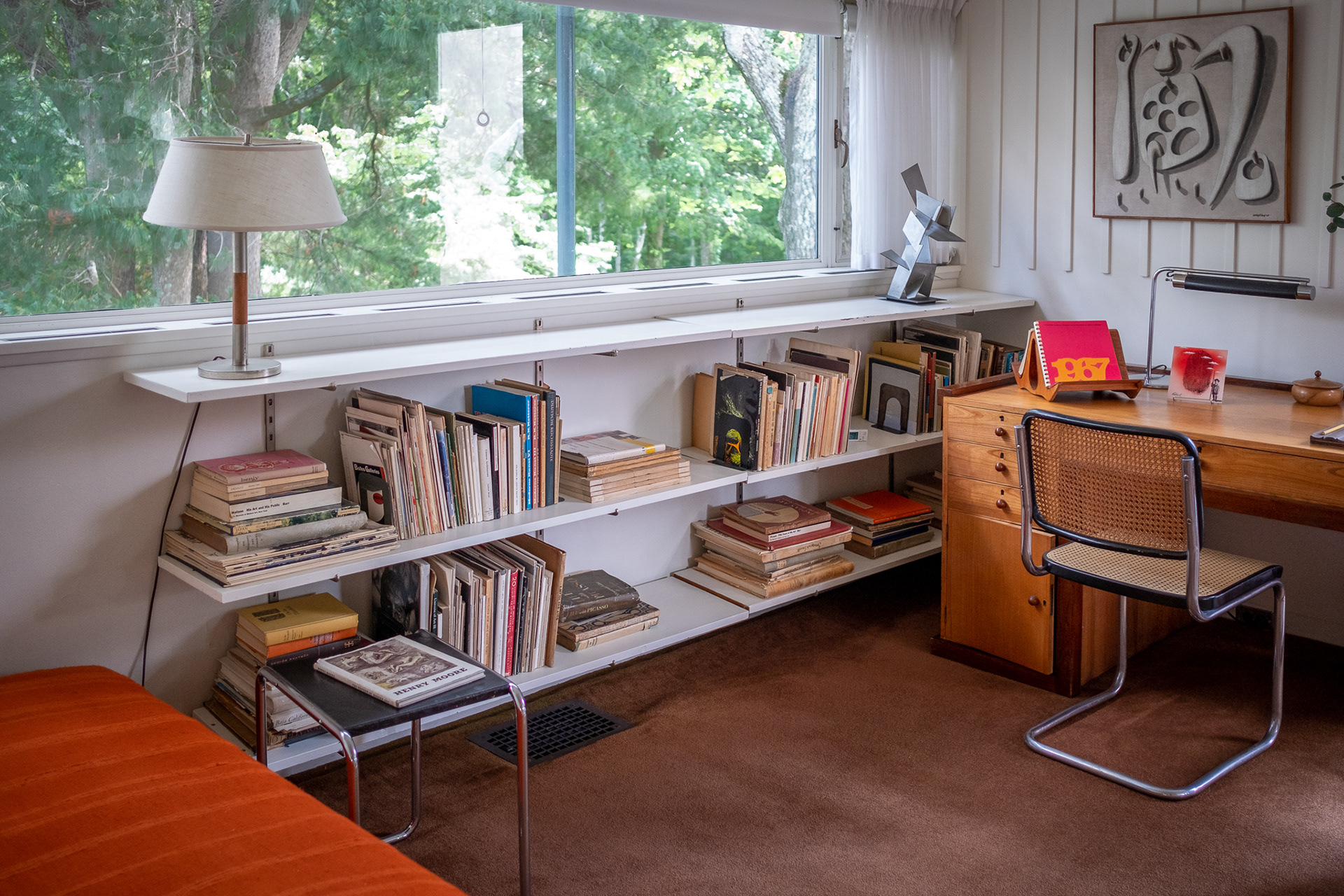


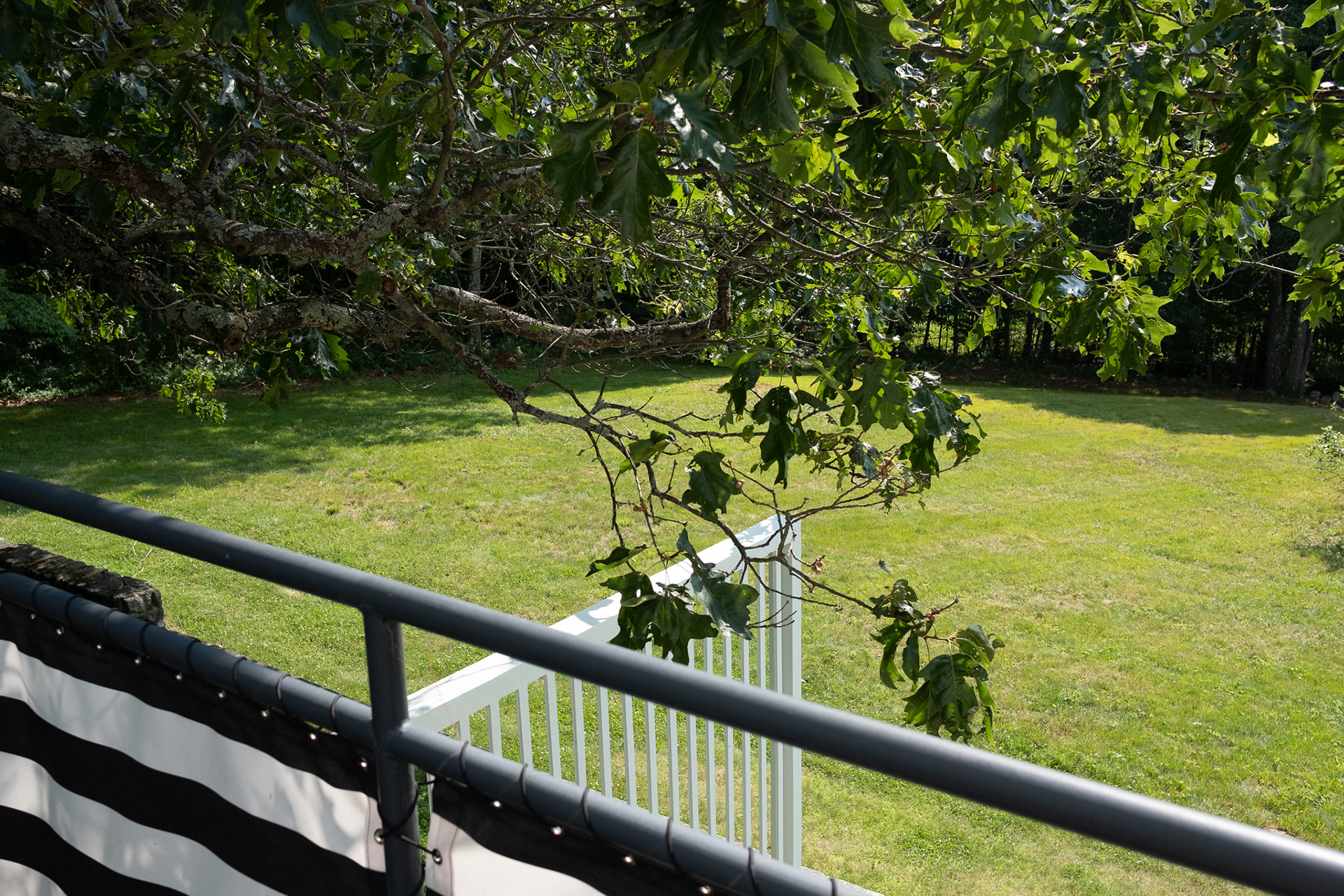
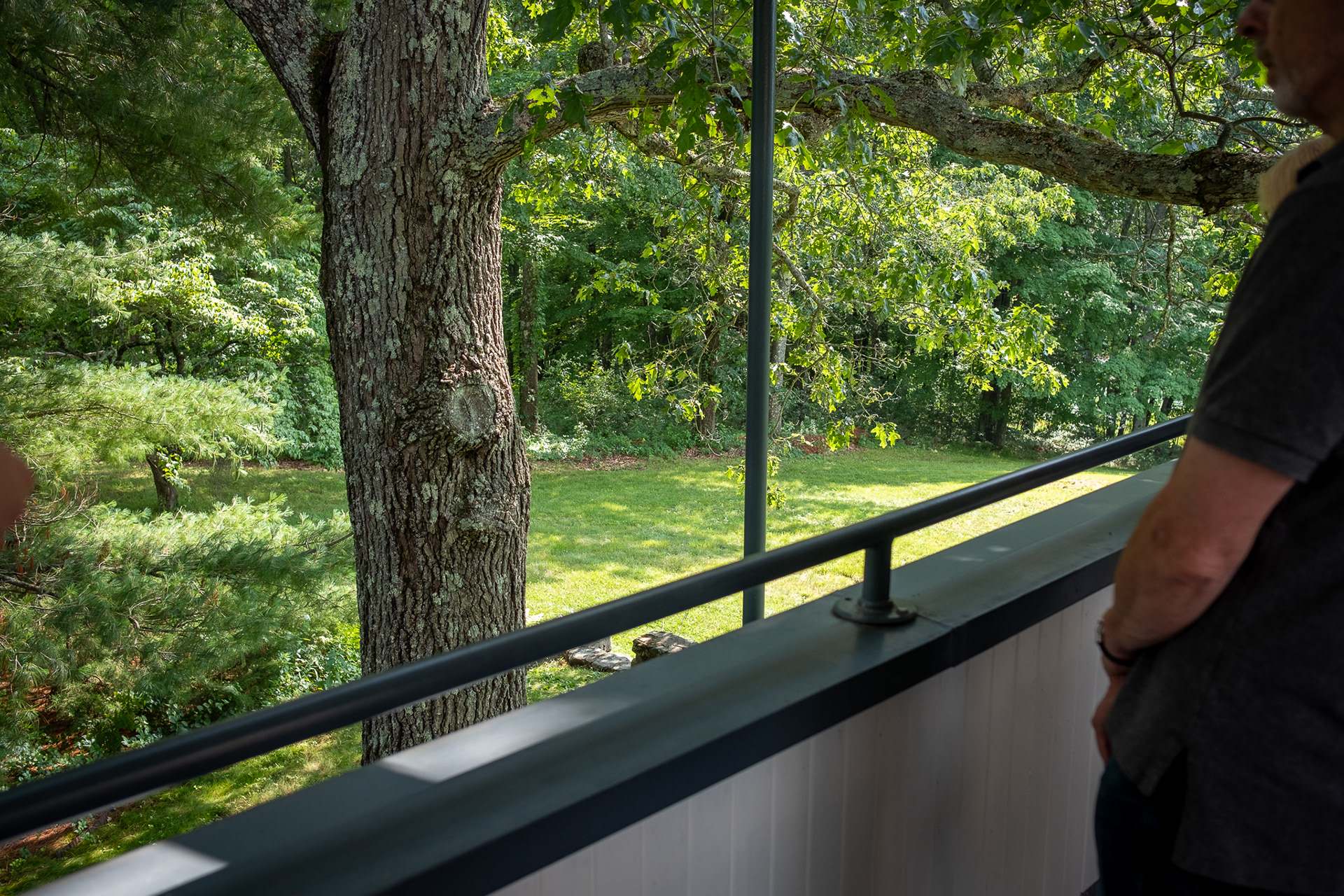
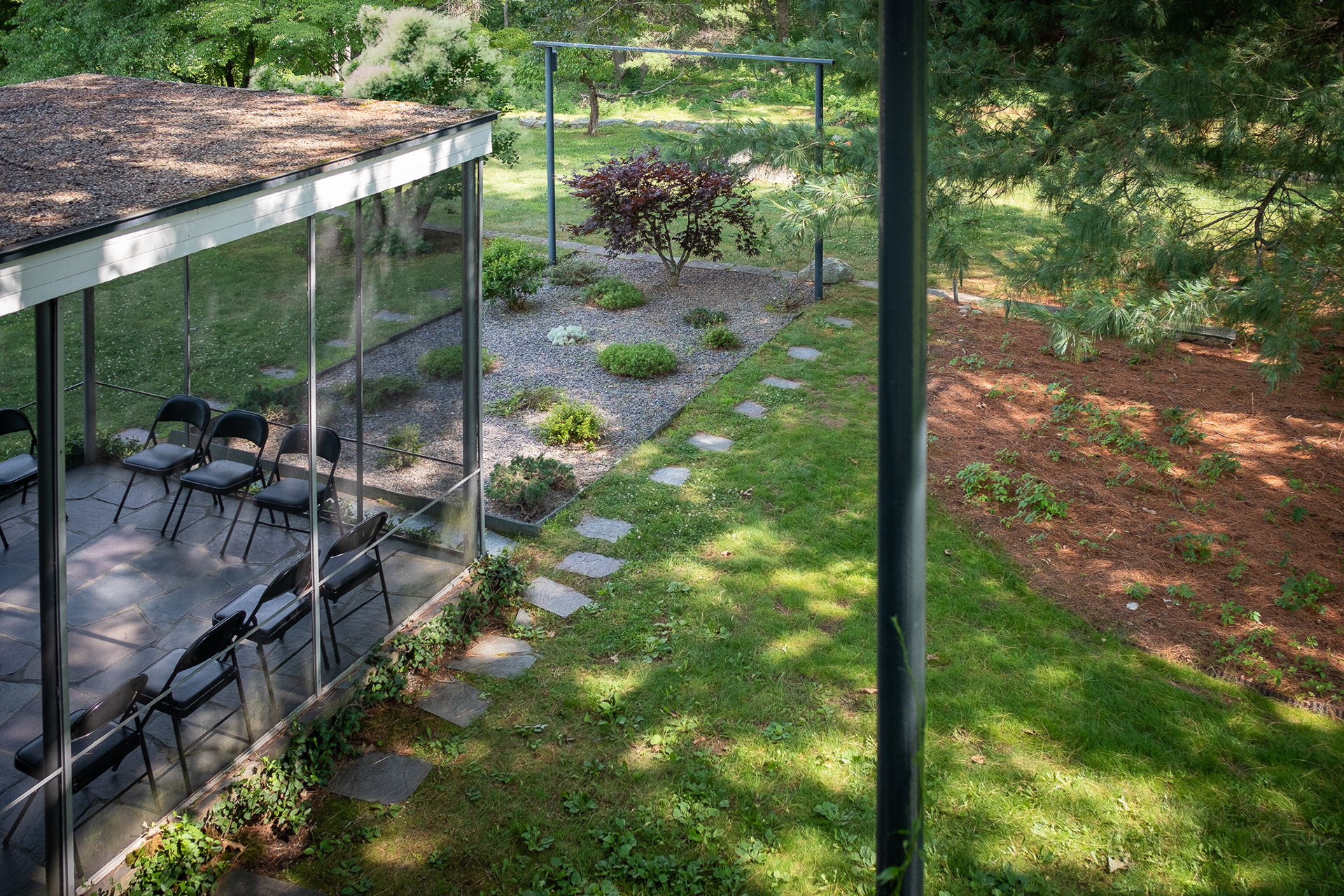
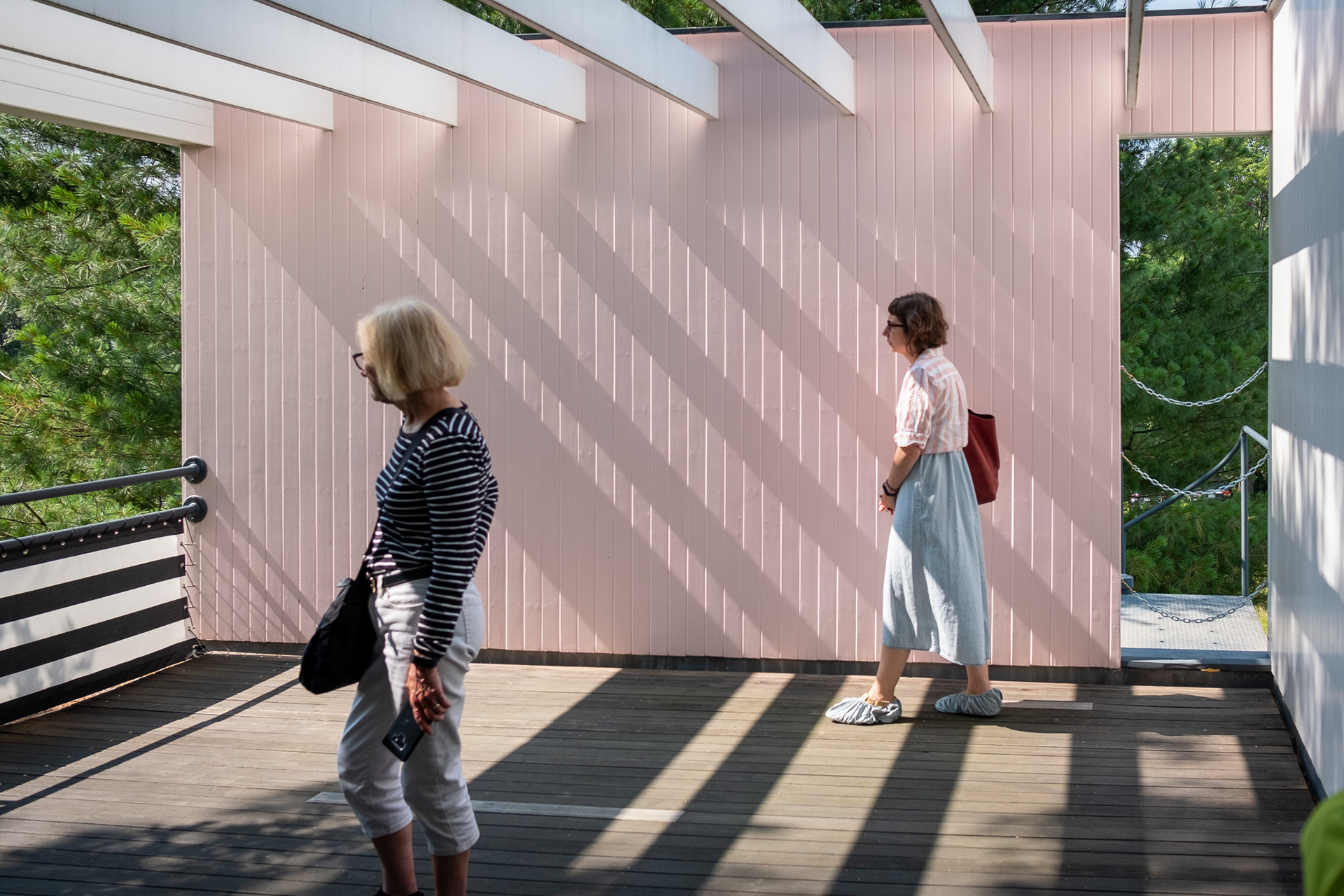
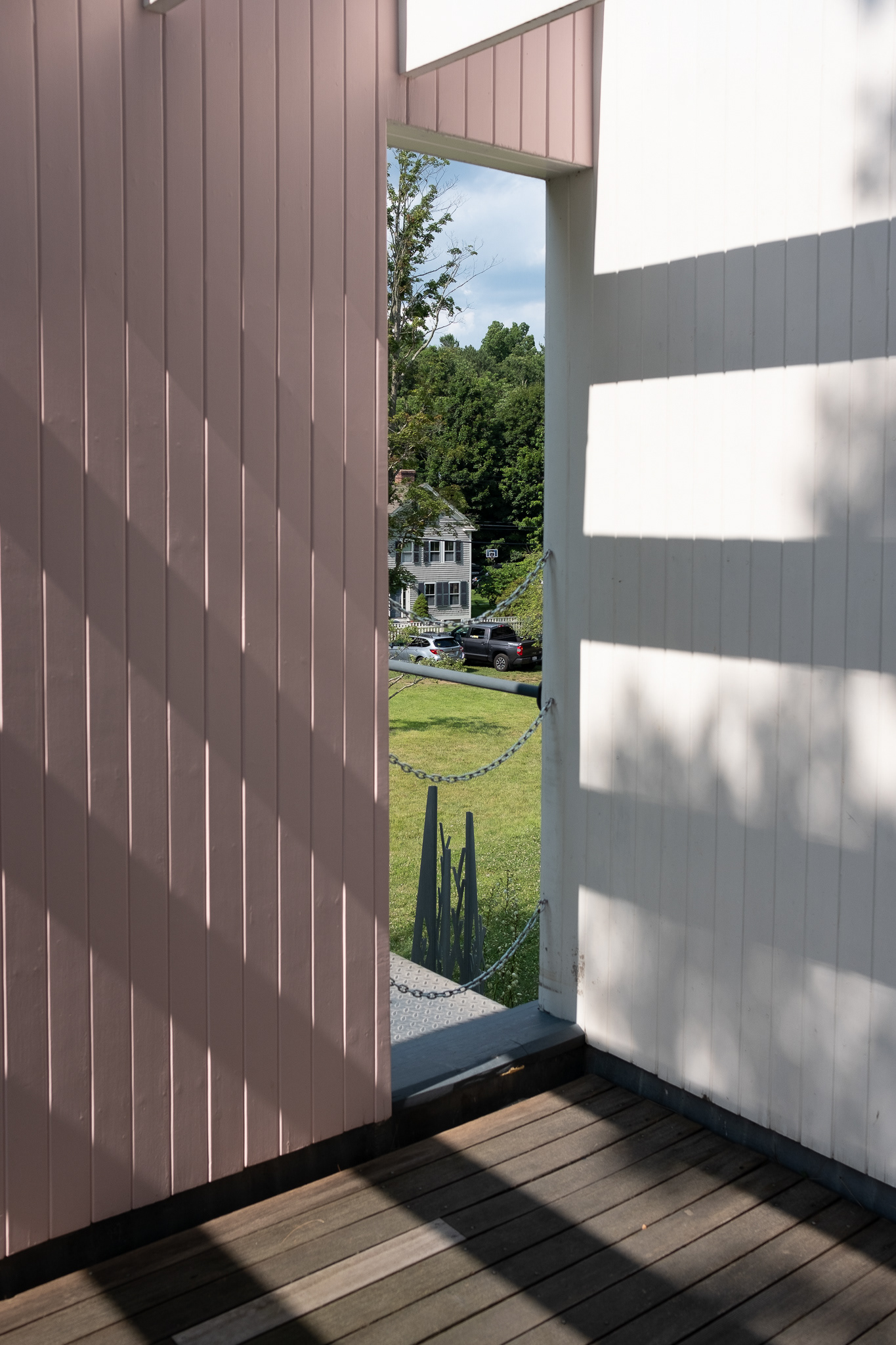
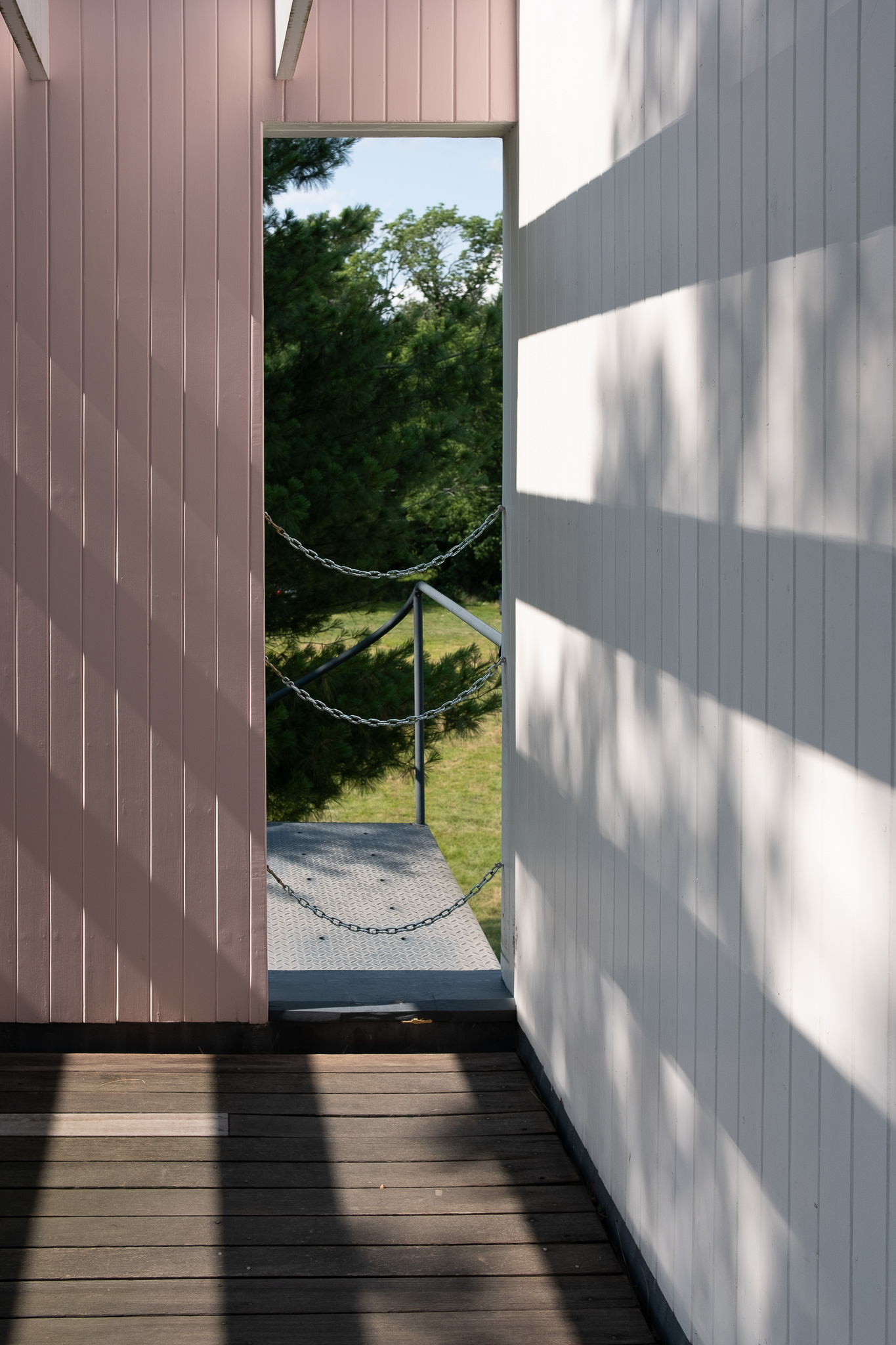
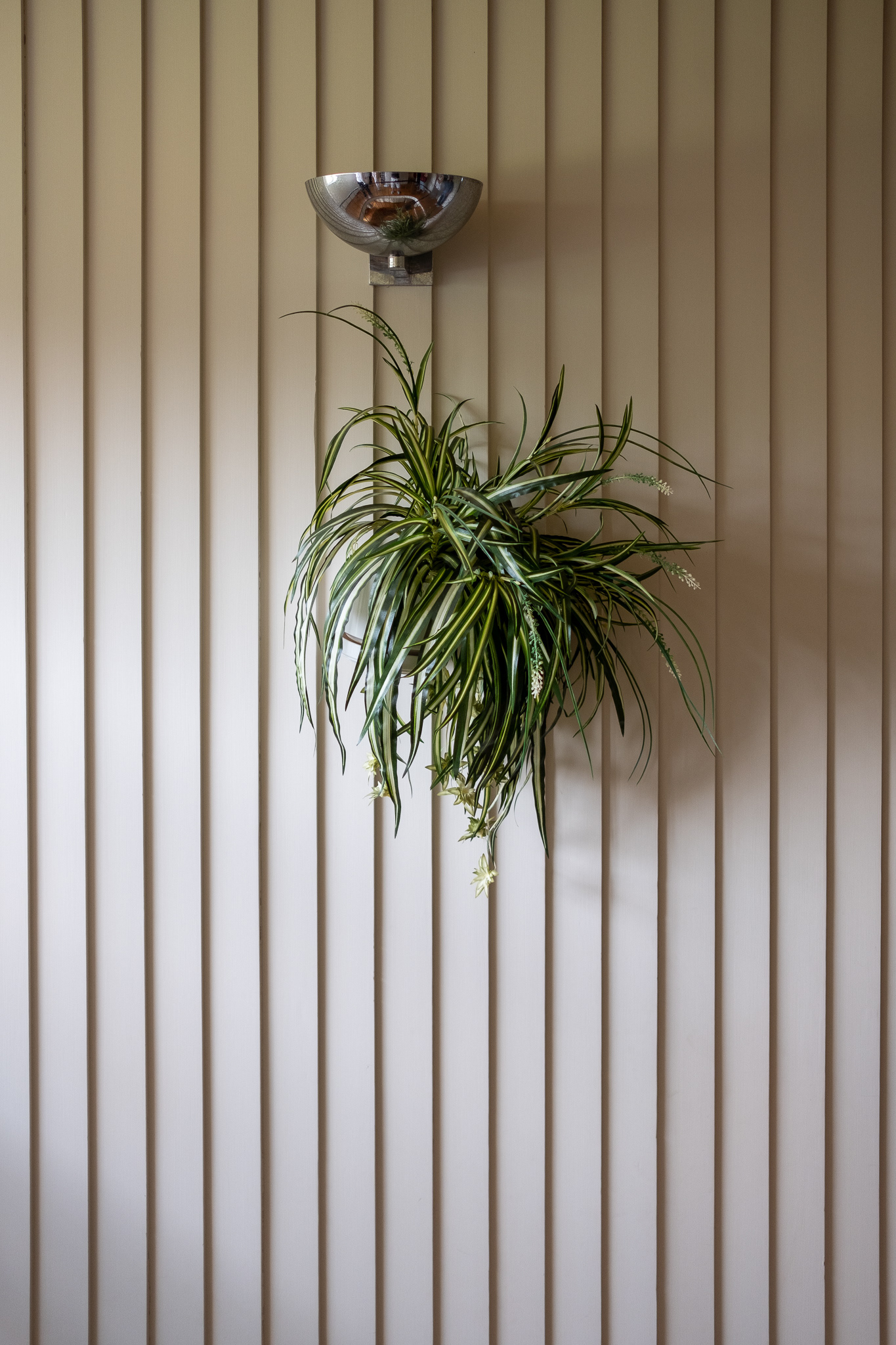


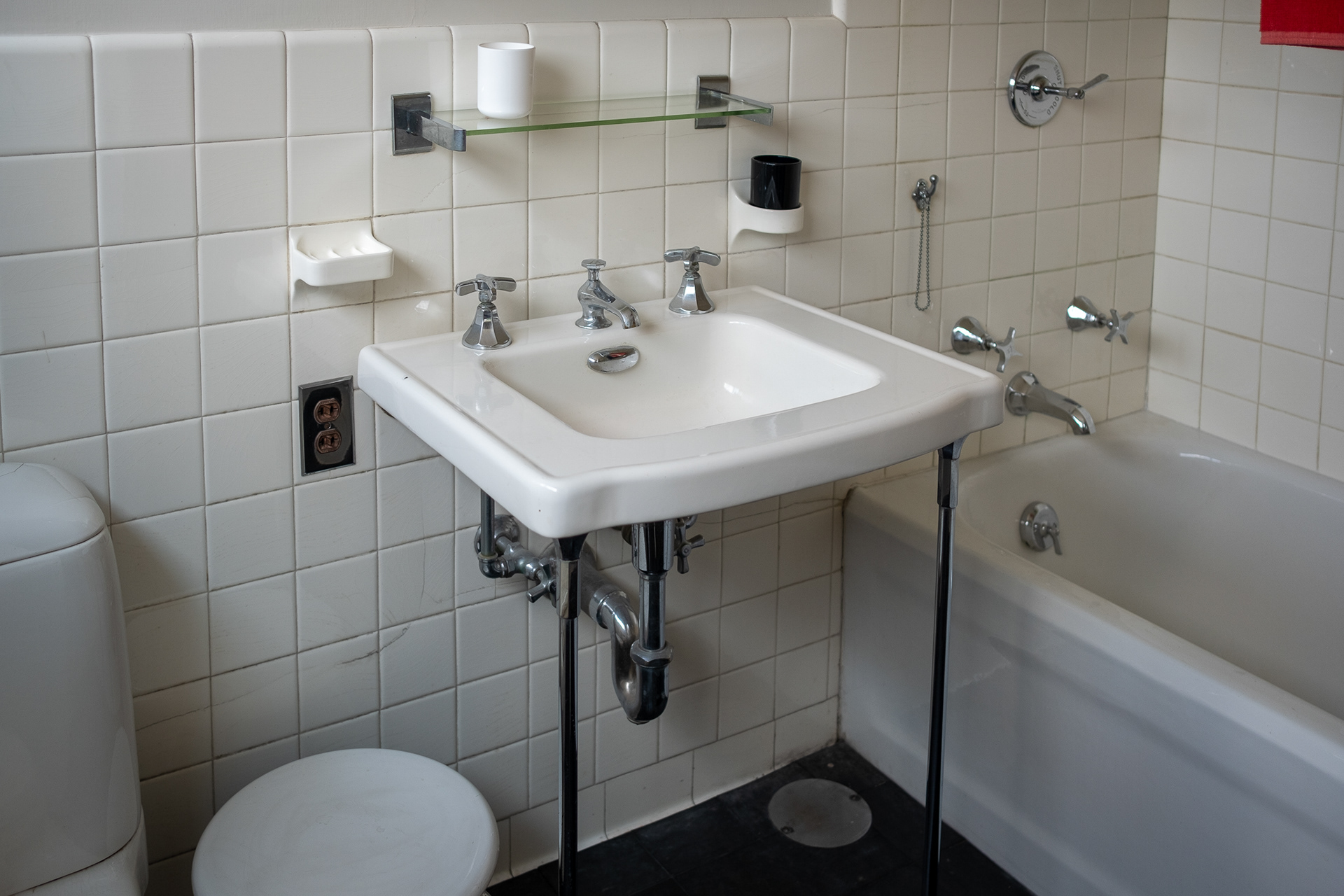
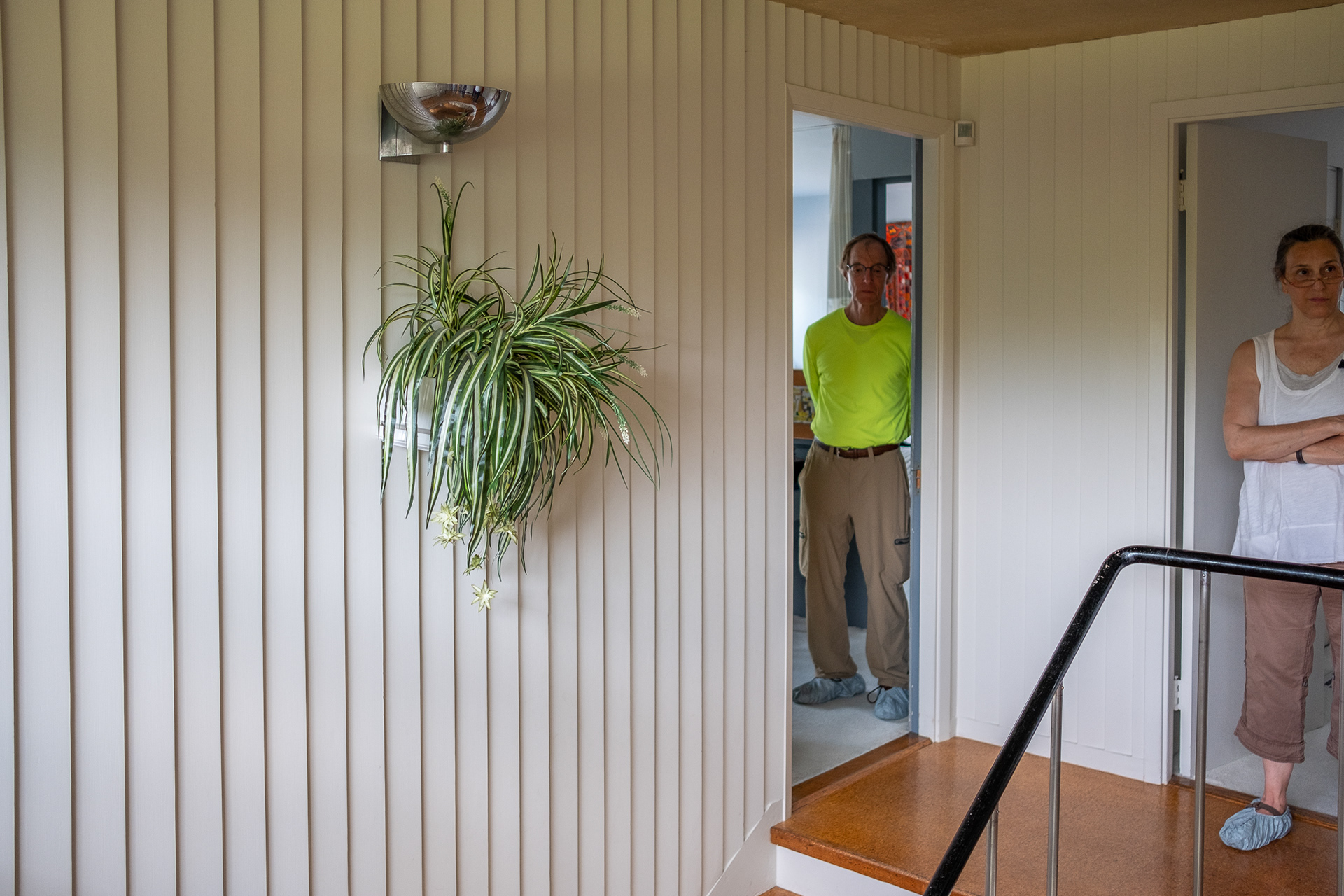
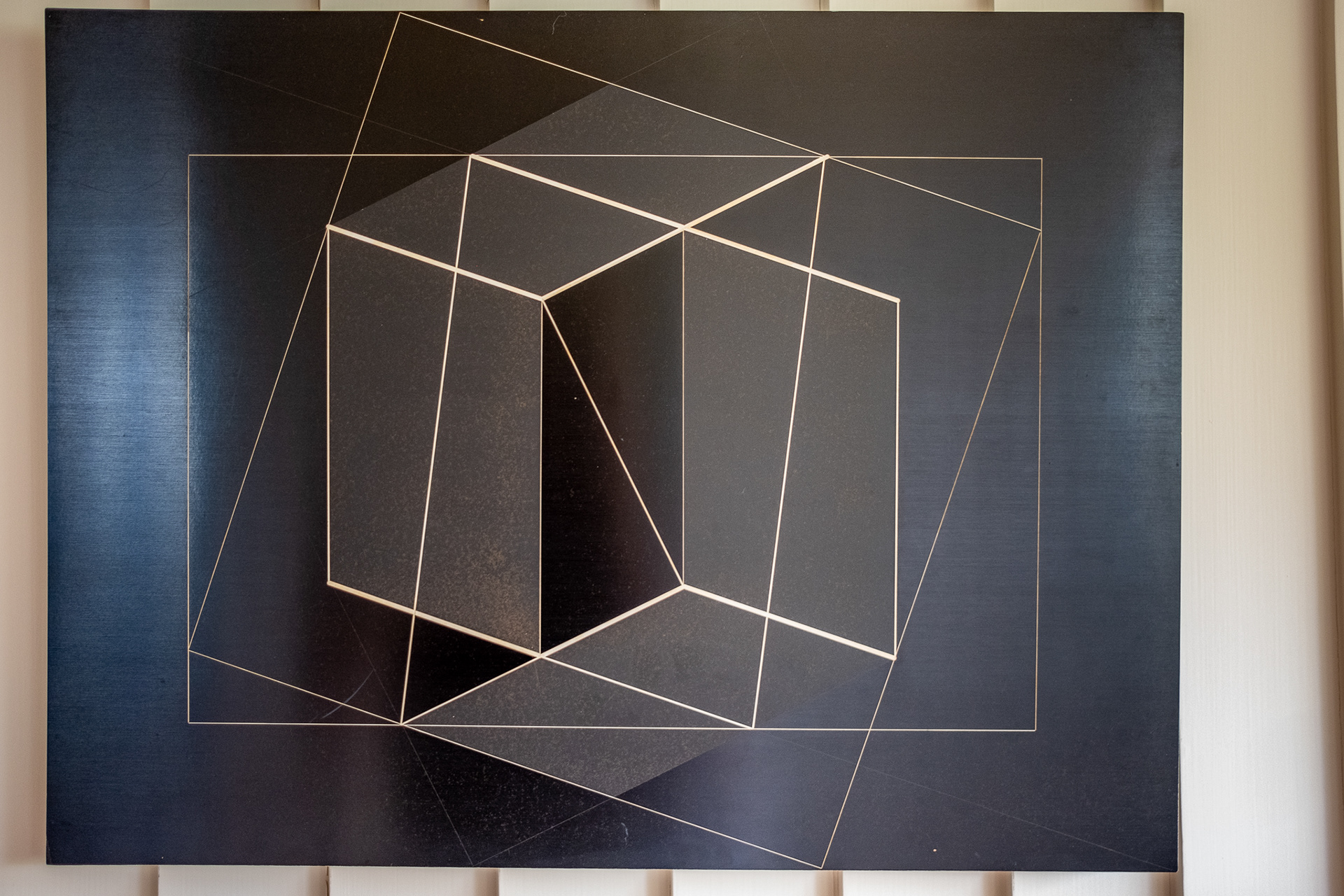
Upstairs & Deck ⬆︎
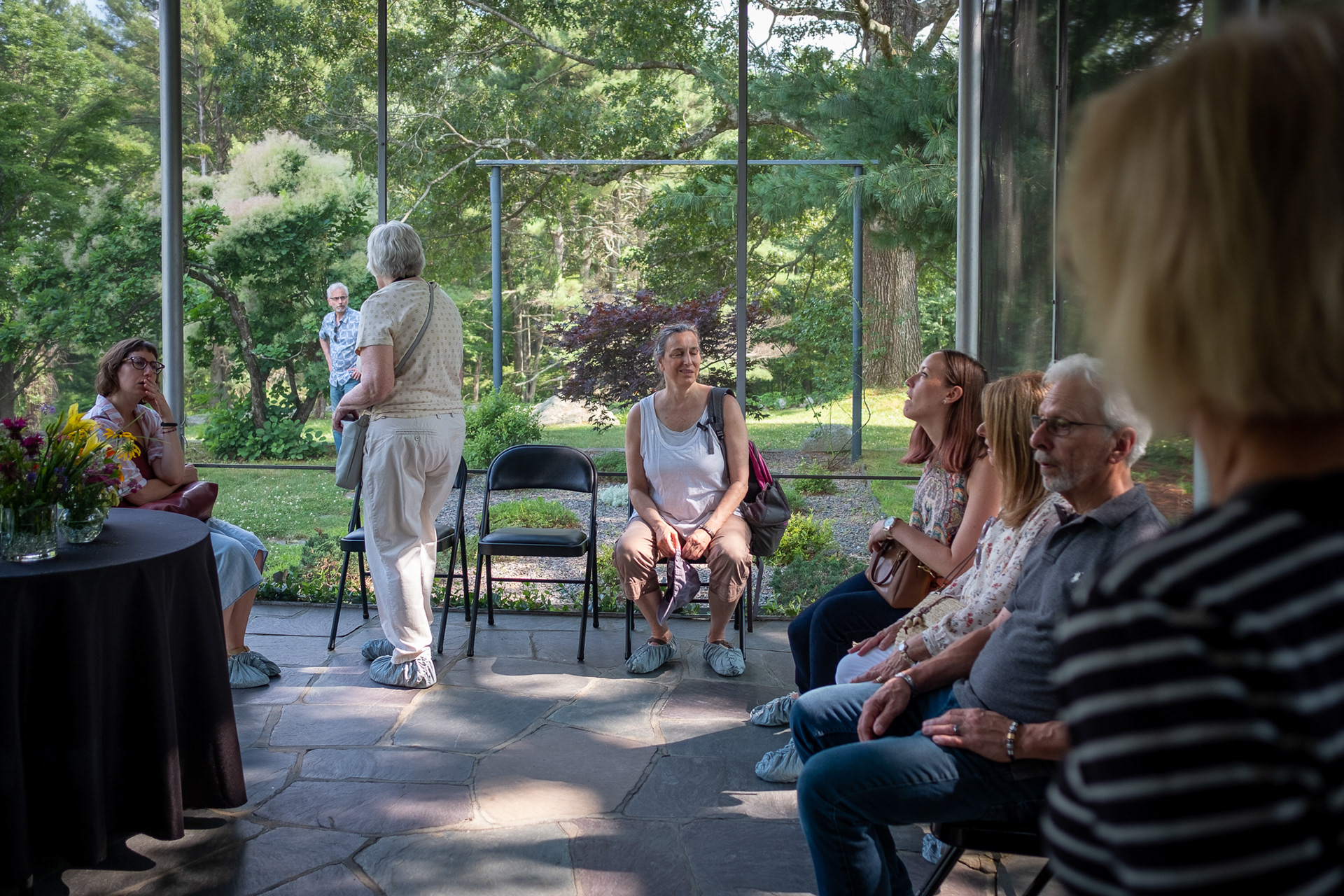


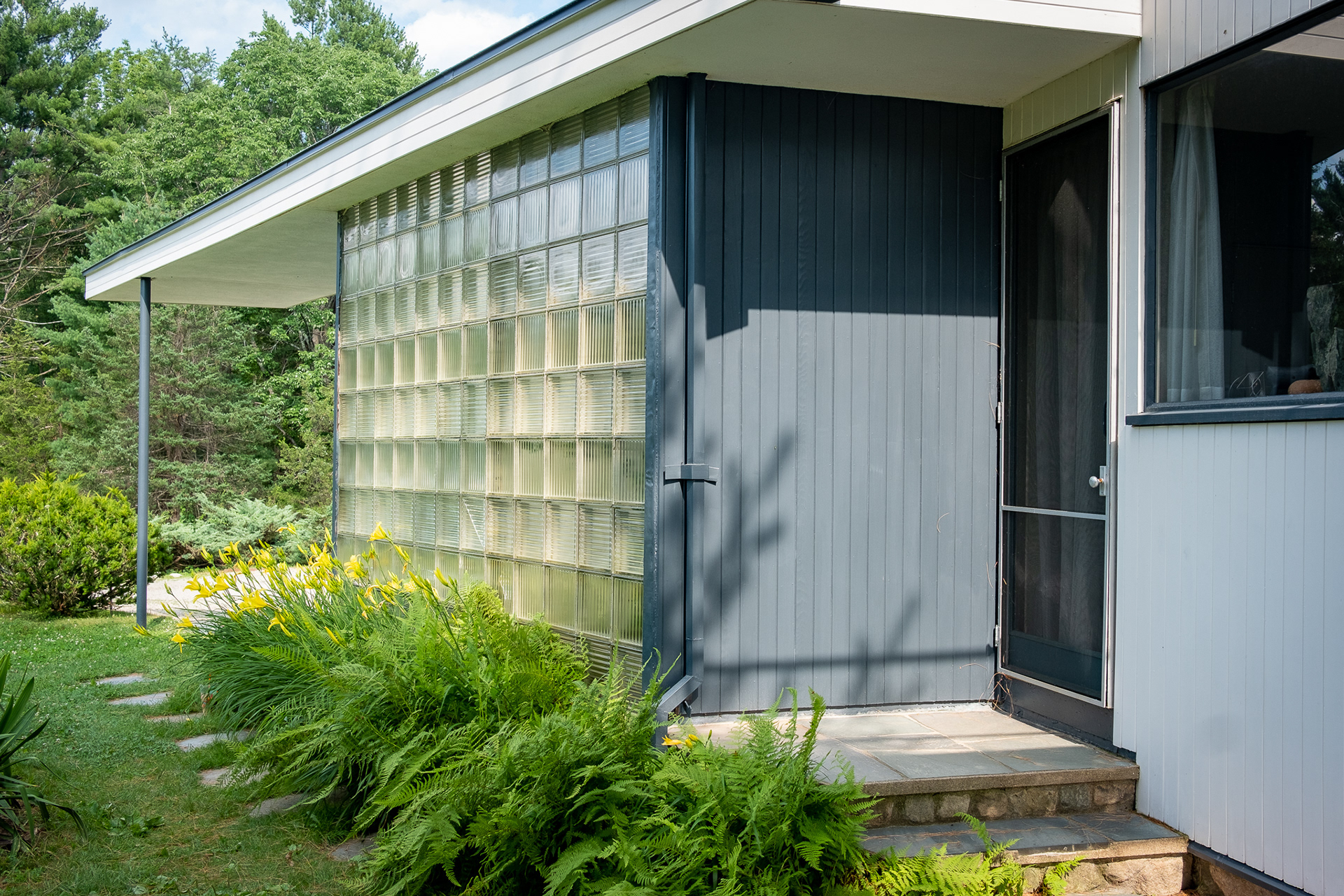
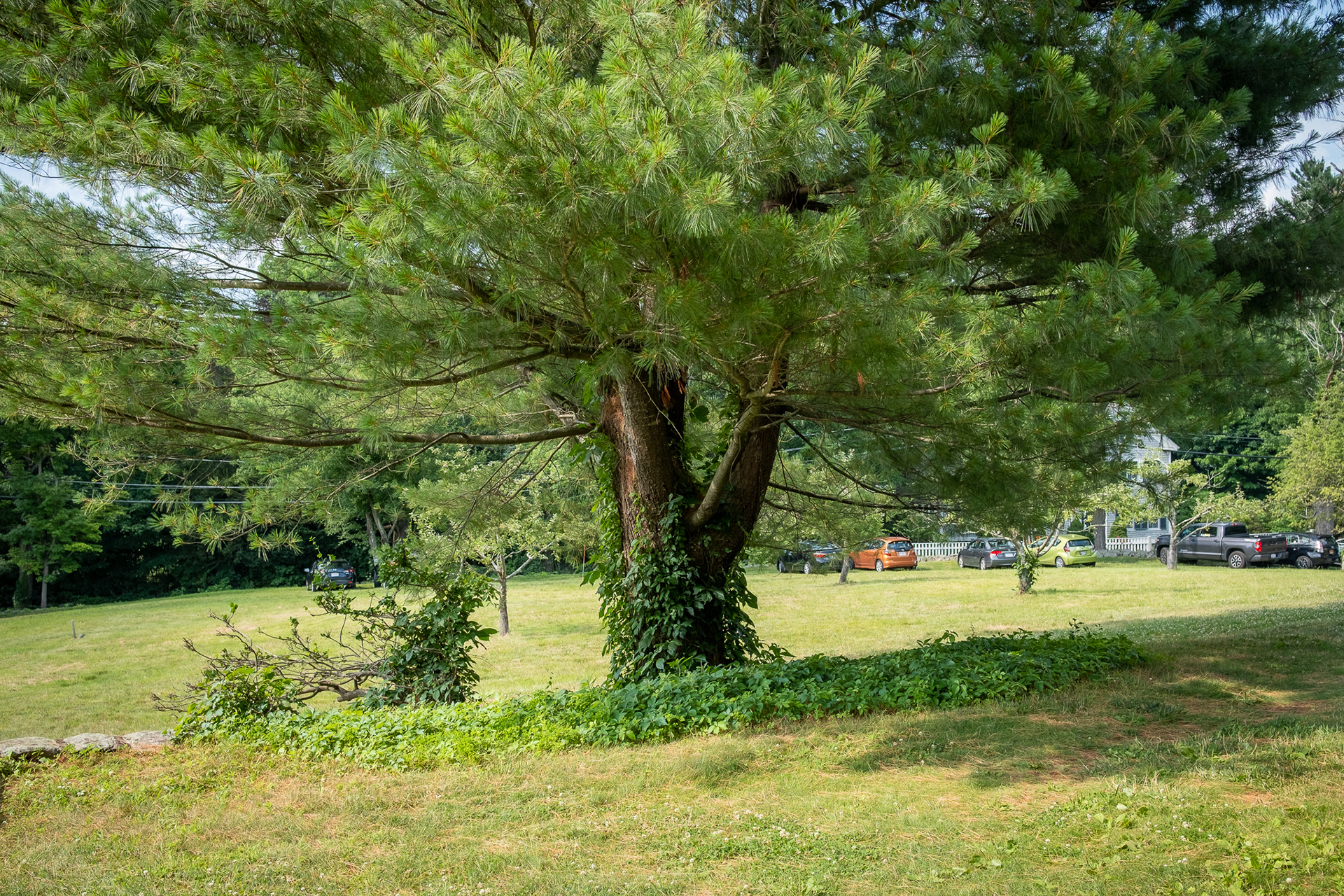

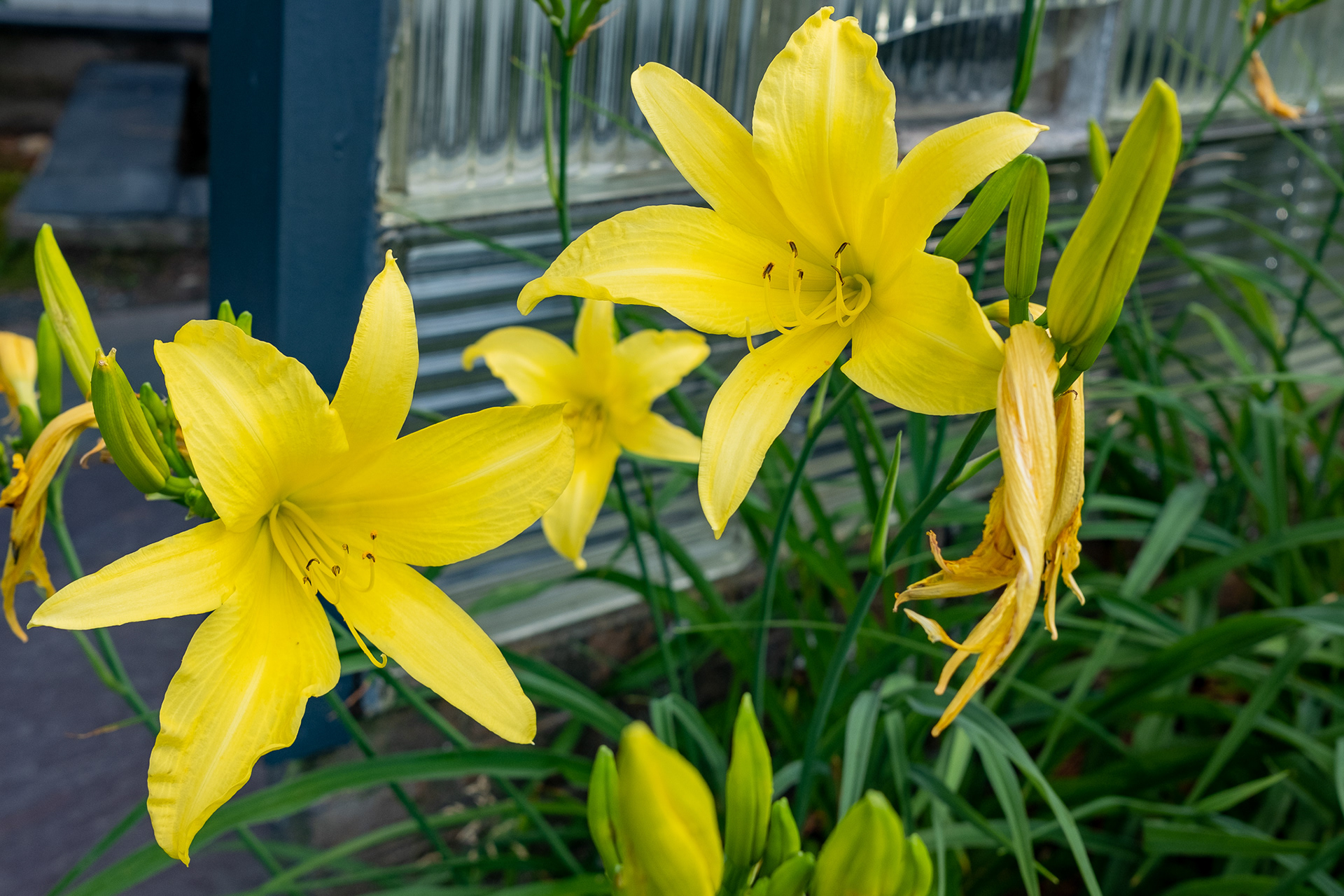
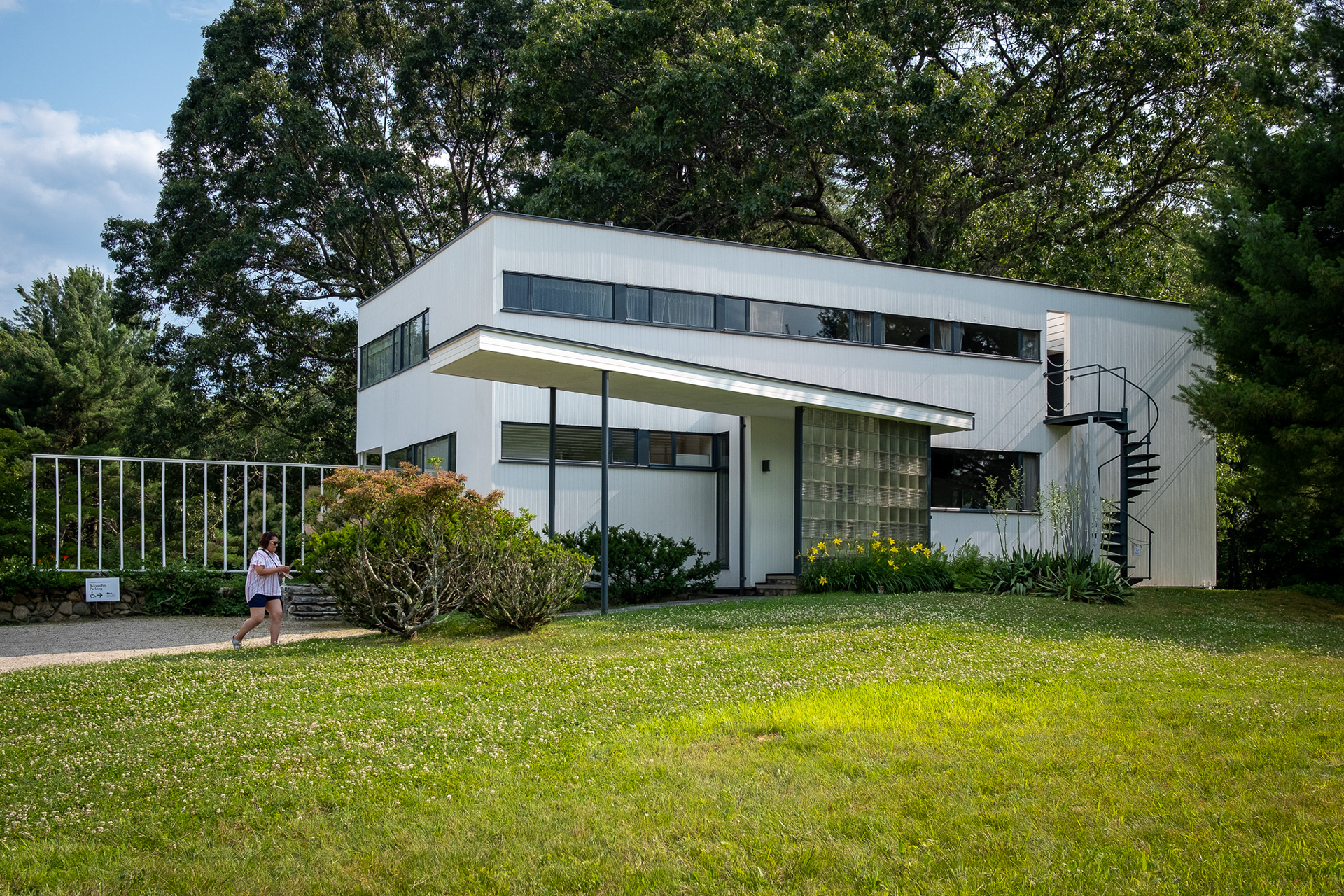
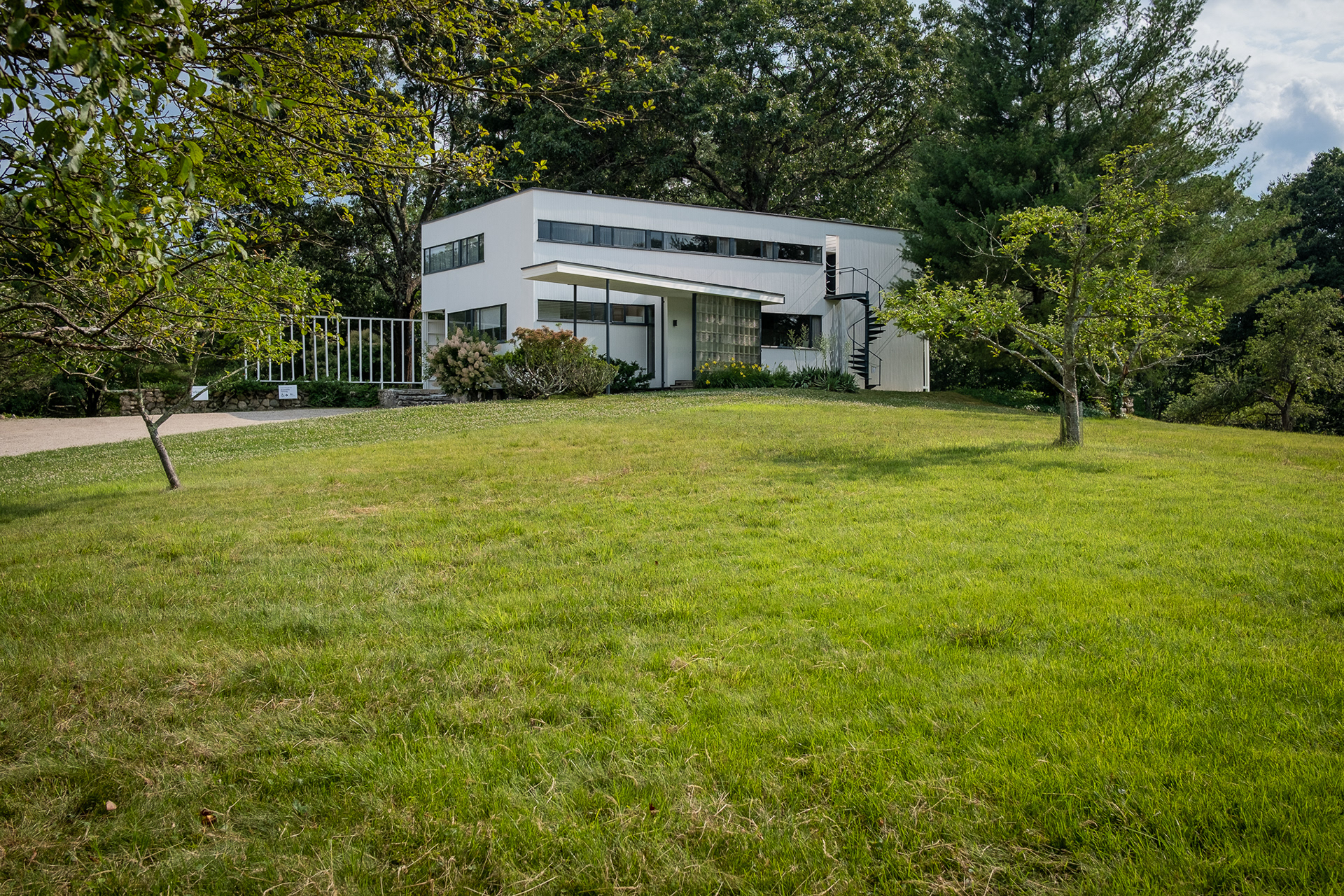

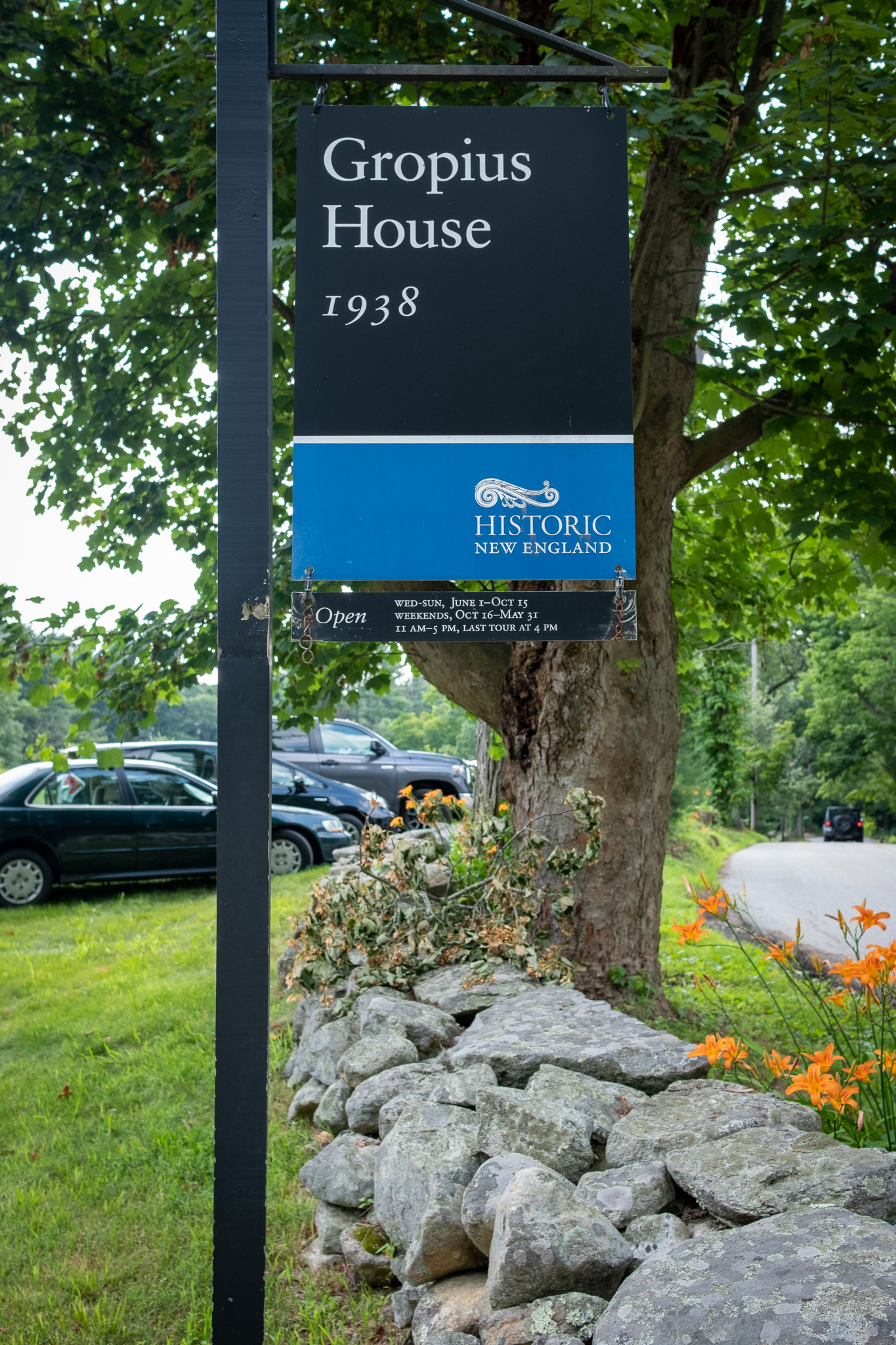
Outdoors, again ⬆︎
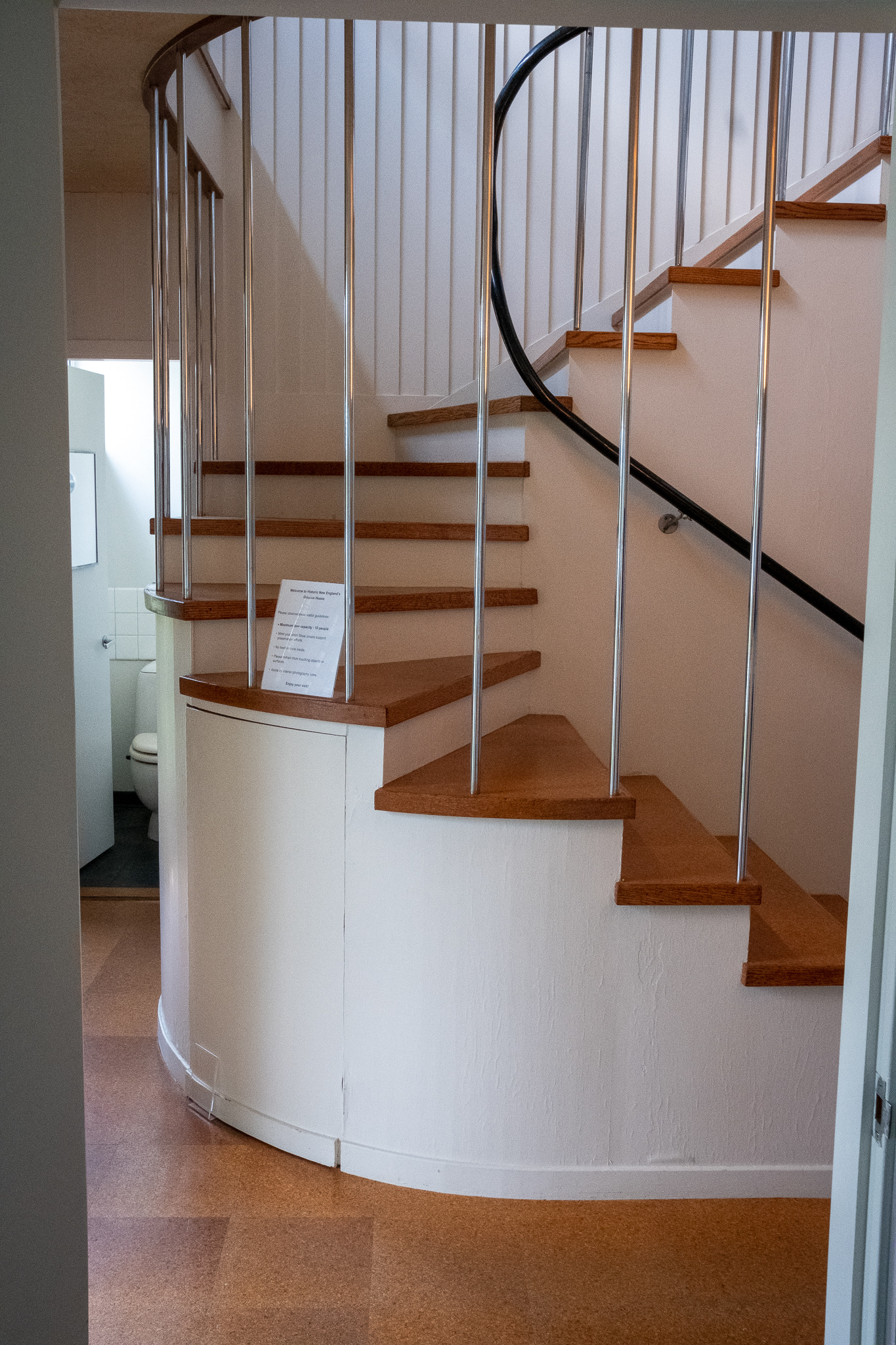

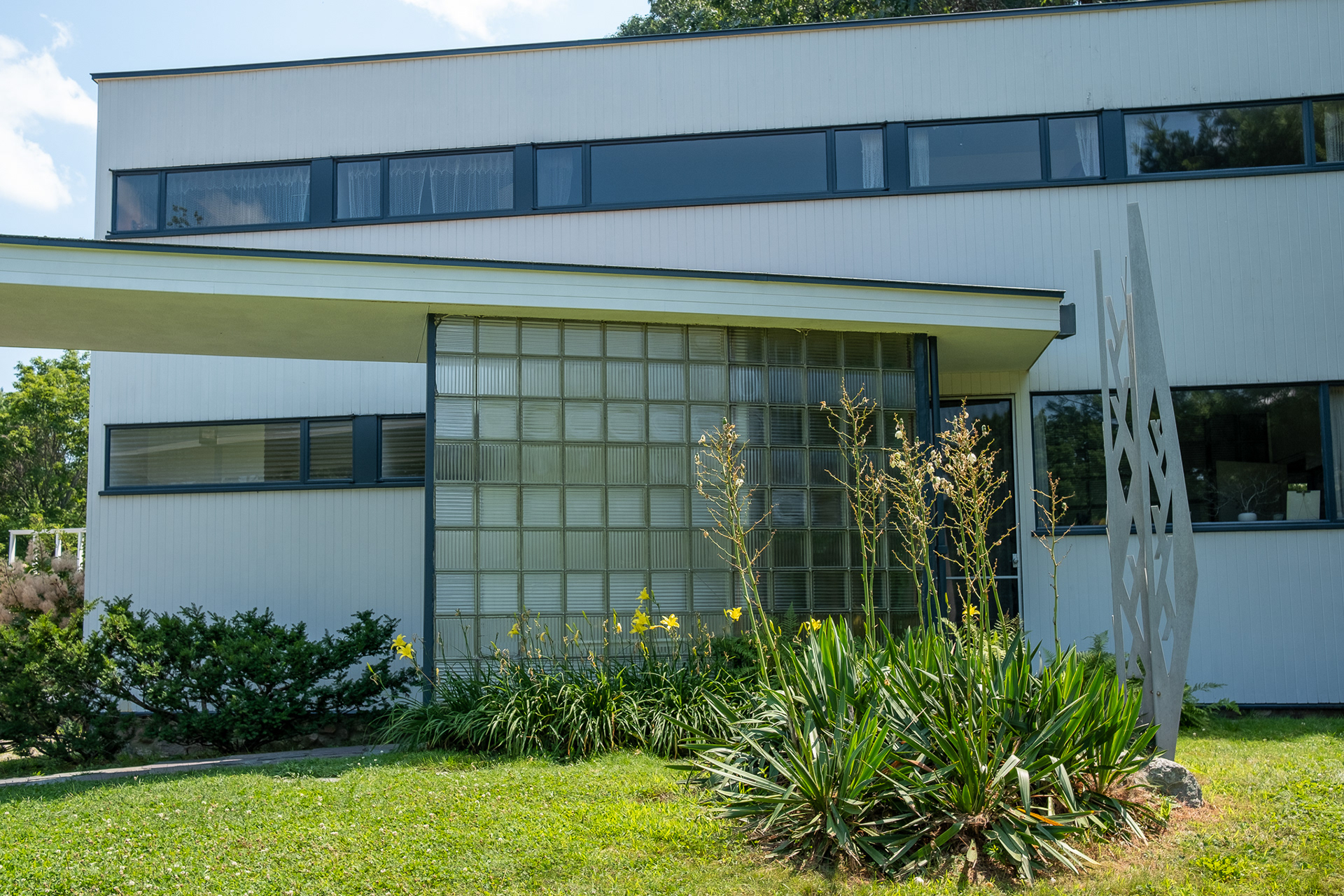

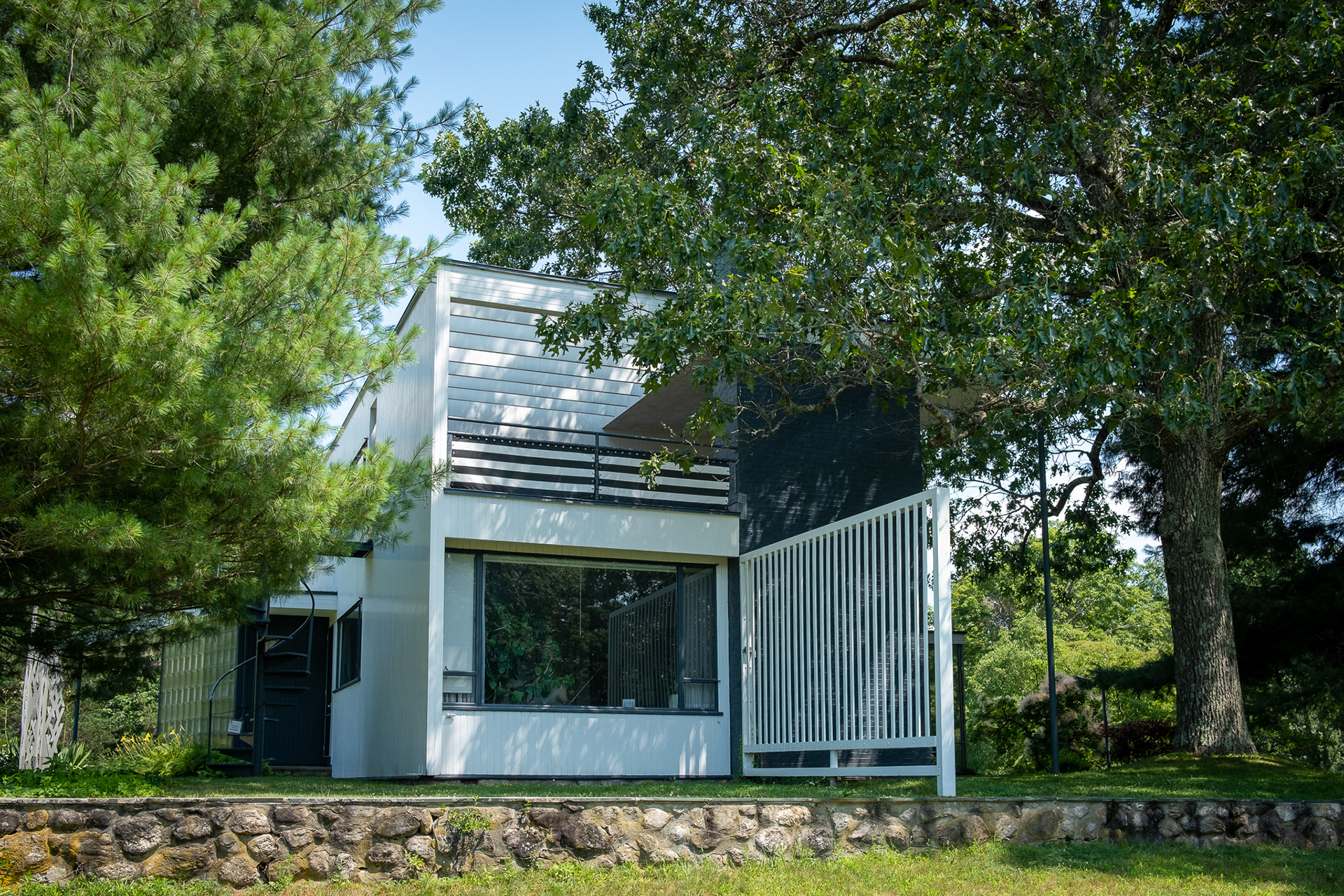
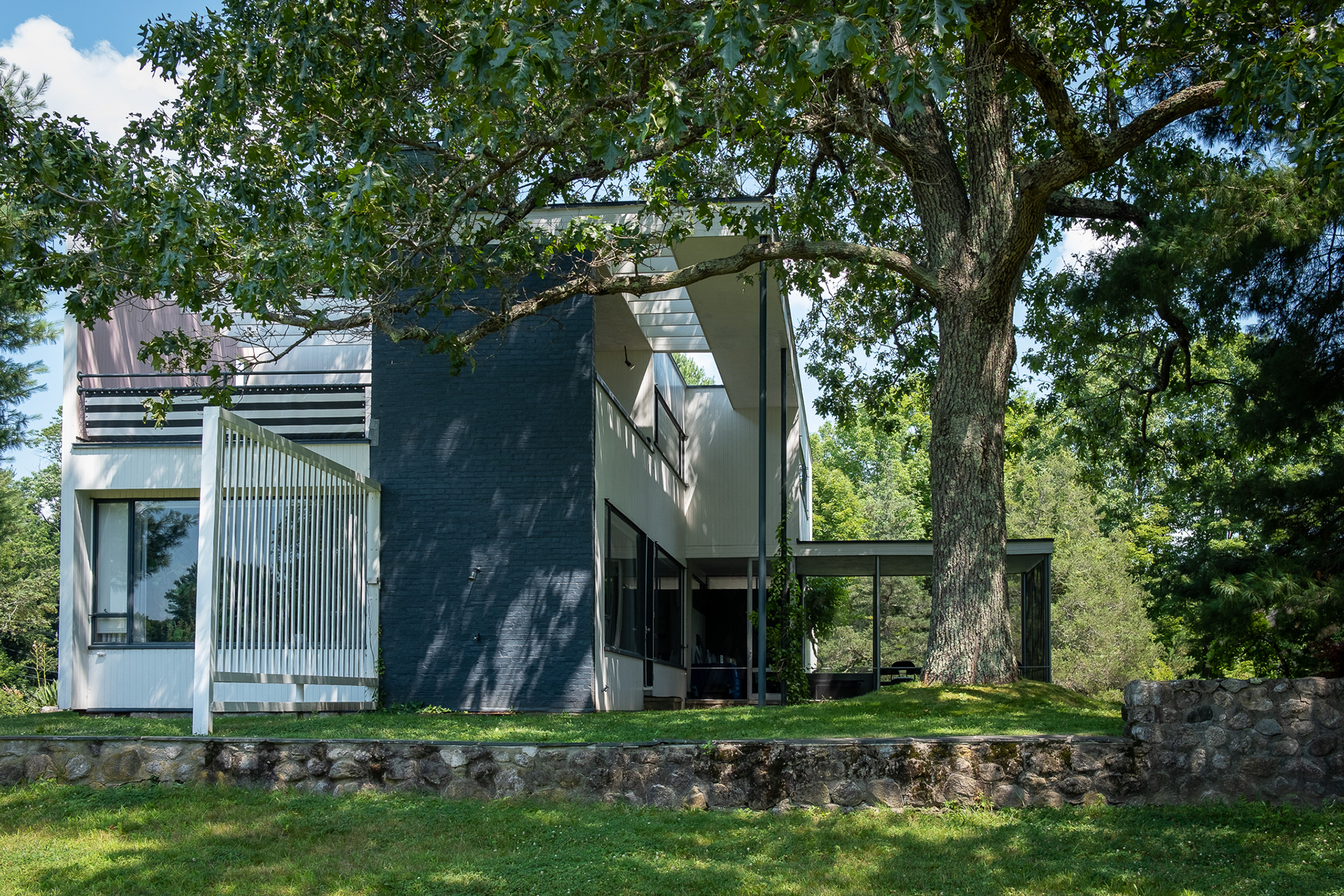
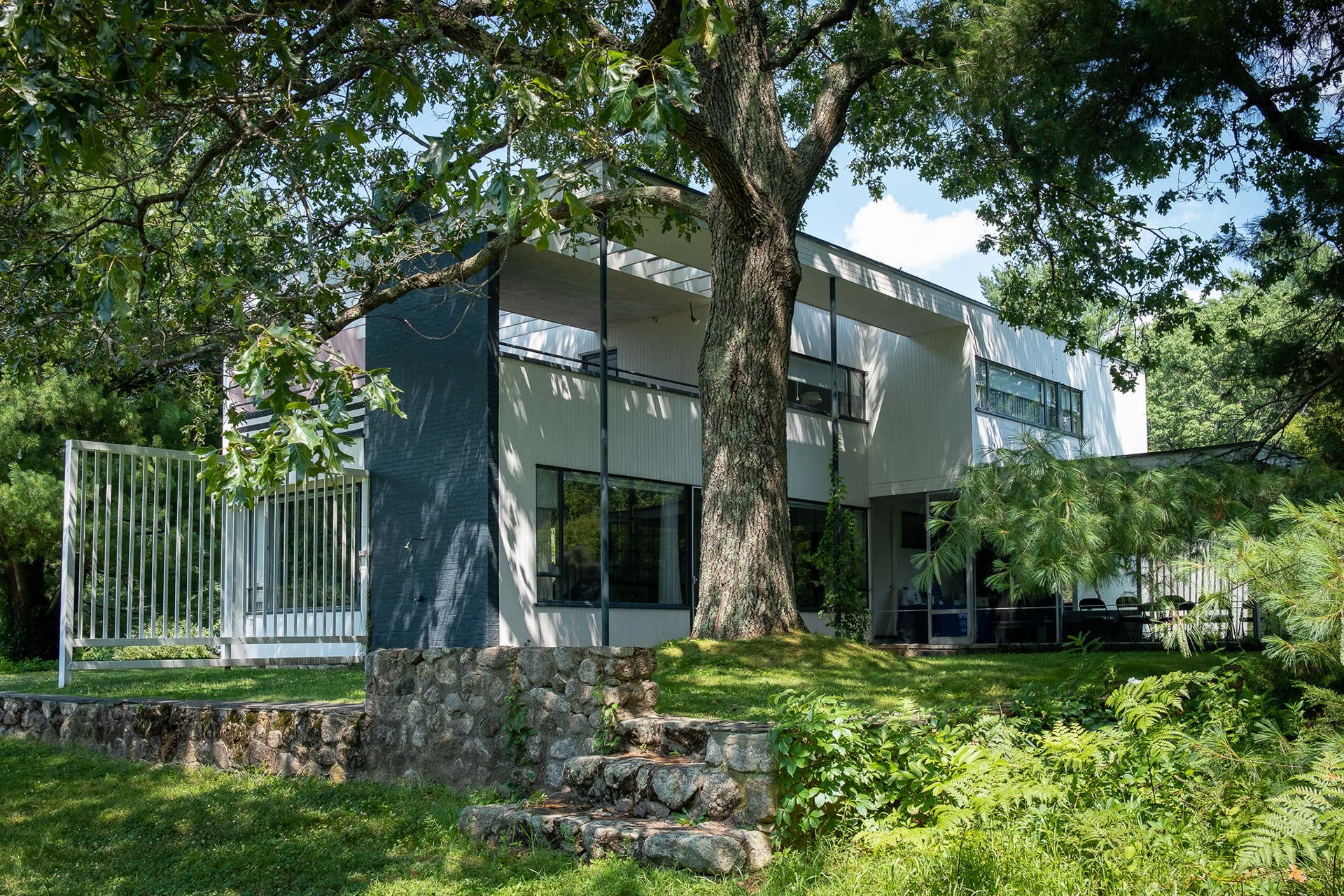
Second visit ⬆︎
This photo set commemorates the 100th anniversary of the founding of the Bauhaus school by Walter Gropius, in Weimar Germany. The narrative, below, is offered in two sections, both excerpted from Wikipedia. Click on each section's header to view its parent article.
Several pieces of Marcel Breuer furniture are on display in the Gropius House, as well as paintings by Eero Saarinen, Joan Miró, and Herbert Bayer that were given as gifts to Walter Gropius.
During my photo-shoot, the exterior of the house alternated between cool and warm white, as scattered clouds momentarily veiled the sun. Often, I will try to harmonize color temperatures in a photo set like this for a consistent viewing experience. This time, I decided to let Mother Nature have her way.
I've included a graceful Colonial Revival house across the street from the Gropius House. What a contrast it makes!
As usual with a guided tour, I had to shoot quickly to keep up with the group. As always, I missed a few things. So, I went back two weeks later for a few more photos which I’ve added, above, in a group of their own.
"As to my practice, when I built my first house in the U.S.A.—which was my own—I made it a point to absorb into my own conception those features of the New England architectural tradition that I found still alive and adequate. This fusion of the regional spirit with a contemporary approach to design produced a house that I would never have built in Europe with its entirely different climatic, technical and psychological background." — Walter Gropius, Scope of Total Architecture (1956)
The Gropius House was the family residence of architect Walter Gropius at 68 Baker Bridge Road, Lincoln, Massachusetts. It is now a historic house museum, owned by Historic New England, and is open to the public. It was designated a National Historic Landmark in 2000 for its association with Gropius, an influential teacher and leader of Modernist philosophy of architecture [and founder of the Bauhaus school]. The house includes a collection of Bauhaus-related materials that is unparalleled outside Germany.
At the time of the building of the Gropius House, Walter and Ise's adopted daughter Ati was 12 years old. Gropius took much care in making sure Ati was happy and comfortable, while also allowing her a great deal of input into the design of her own space. Ati chose her warm-toned color palette and much of her furniture, which included a desk Gropius had designed as part of the Bauhaus in 1922. Ati's room was the largest of the three bedrooms, with her own private entrance that included a spiral wrought-iron staircase. Though Gropius could not give her the sand floor and glass ceiling she requested, he did give her a private roof deck so that she could sleep under the stars.
After Germany's defeat in World War I and the establishment of the Weimar Republic, a renewed liberal spirit allowed an upsurge of radical experimentation in all the arts, which had been suppressed by the old regime. Many Germans of left-wing views were influenced by the cultural experimentation that followed the Russian Revolution, such as constructivism. Such influences can be overstated: Gropius did not share these radical views, and said that Bauhaus was entirely apolitical.[5] Just as important was the influence of the 19th-century English designer William Morris (1834–1896), who had argued that art should meet the needs of society and that there should be no distinction between form and function.[6] Thus, the Bauhaus style, also known as the International Style, was marked by the absence of ornamentation and by harmony between the function of an object or a building and its design.
However, the most important influence on Baushaus was modernism, a cultural movement whose origins lay as early as the 1880s, and which had already made its presence felt in Germany before the World War, despite the prevailing conservatism. The design innovations commonly associated with Gropius and the Bauhaus—the radically simplified forms, the rationality and functionality, and the idea that mass production was reconcilable with the individual artistic spirit—were already partly developed in Germany before the Bauhaus was founded.
